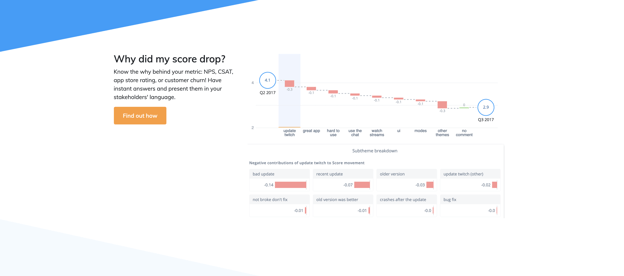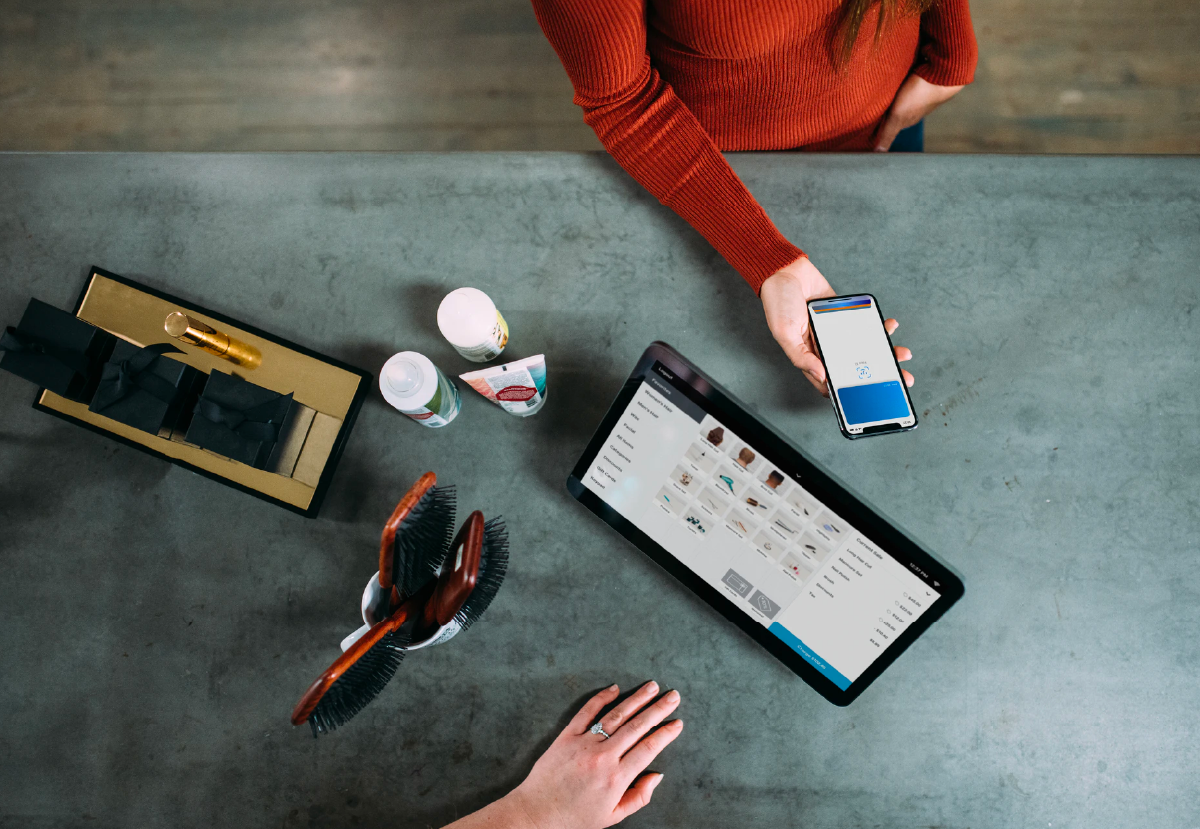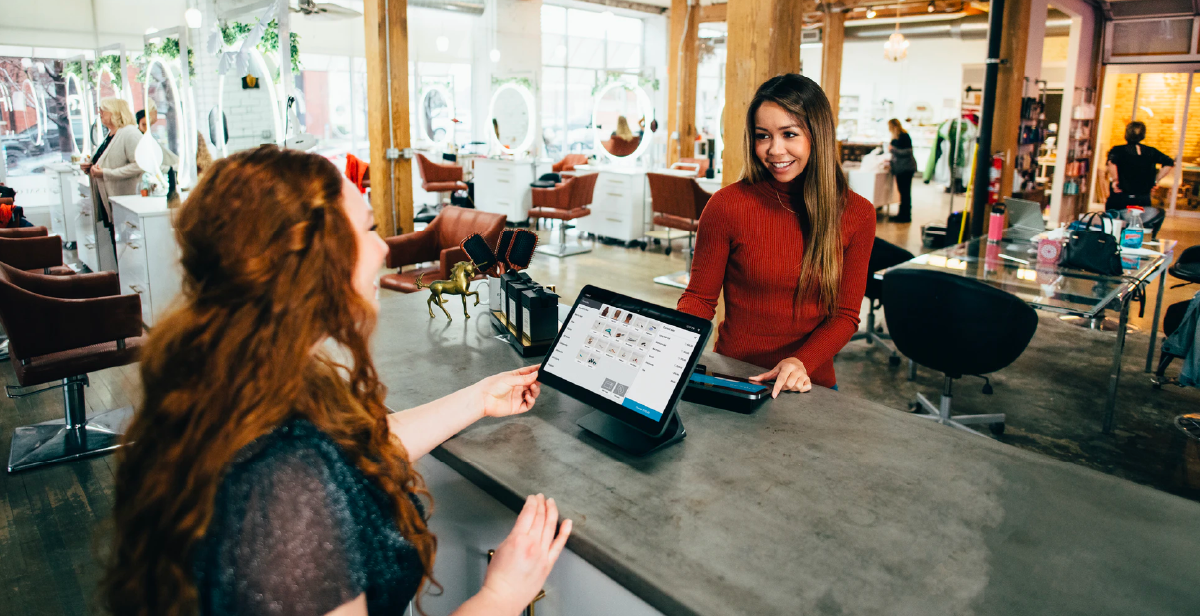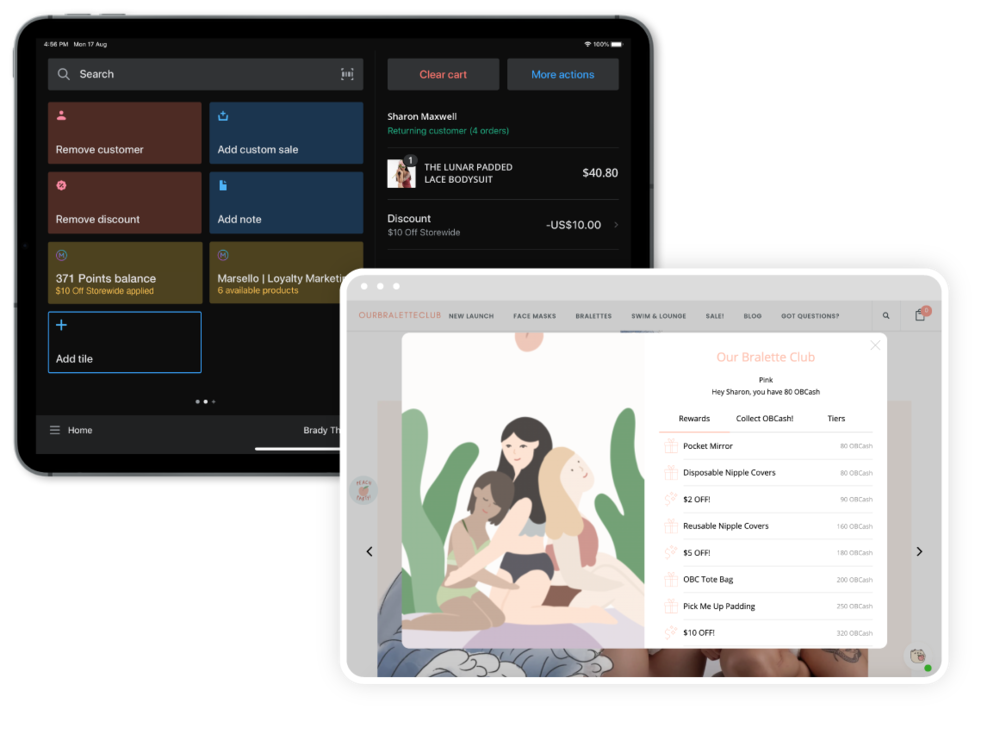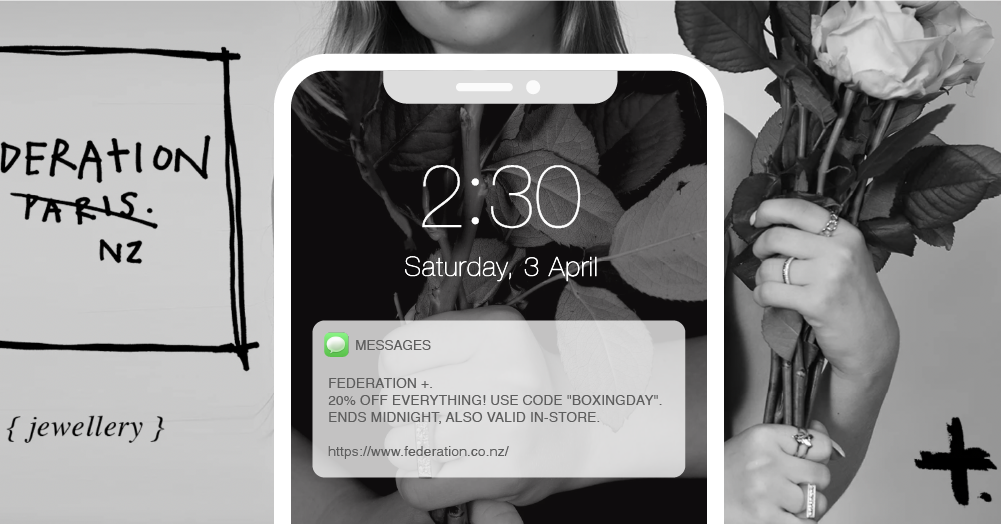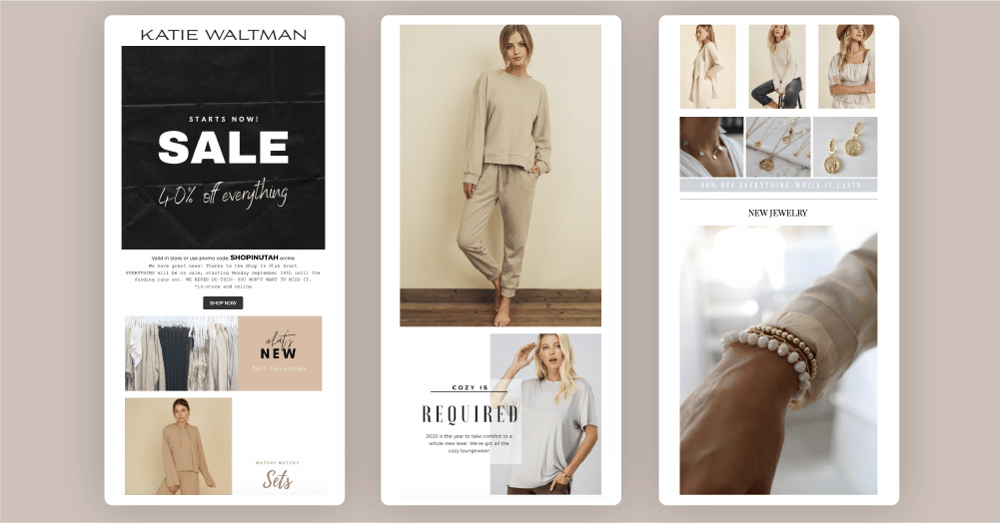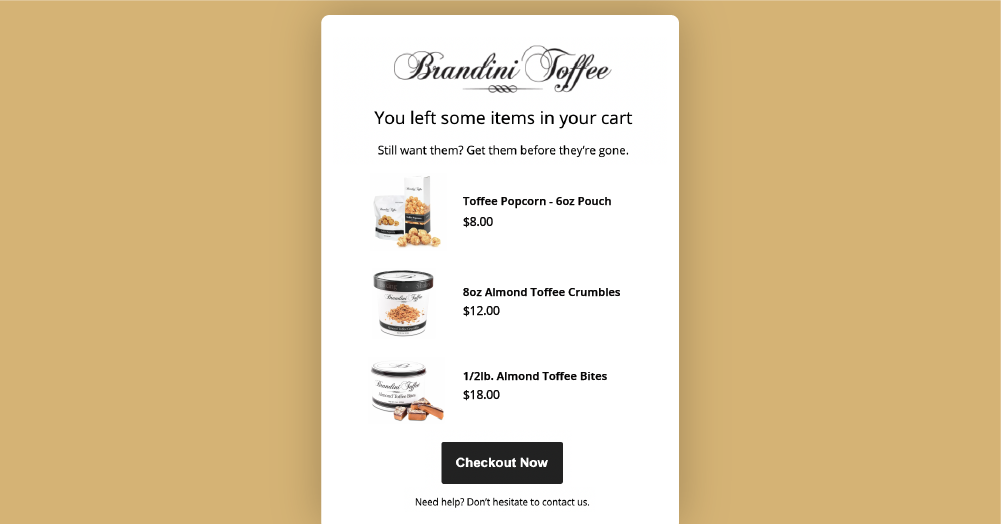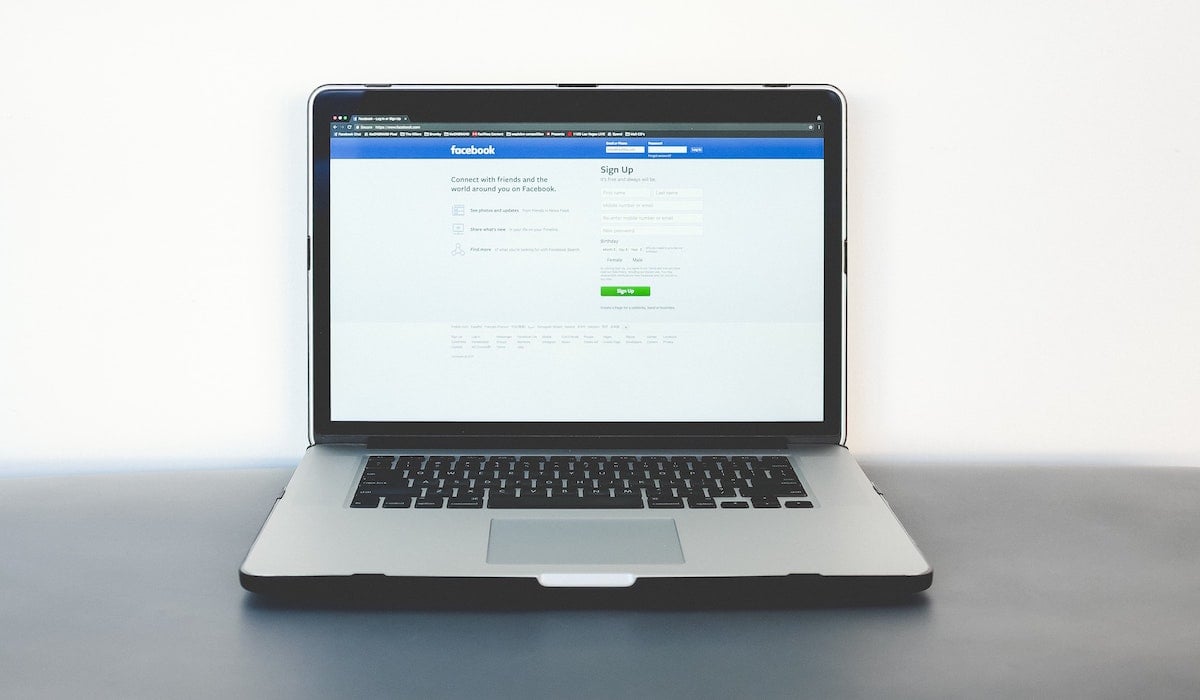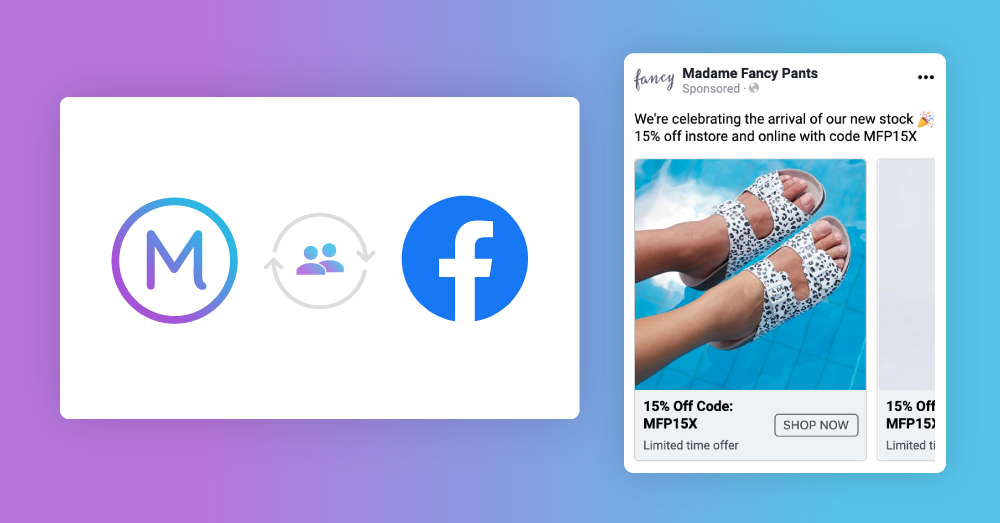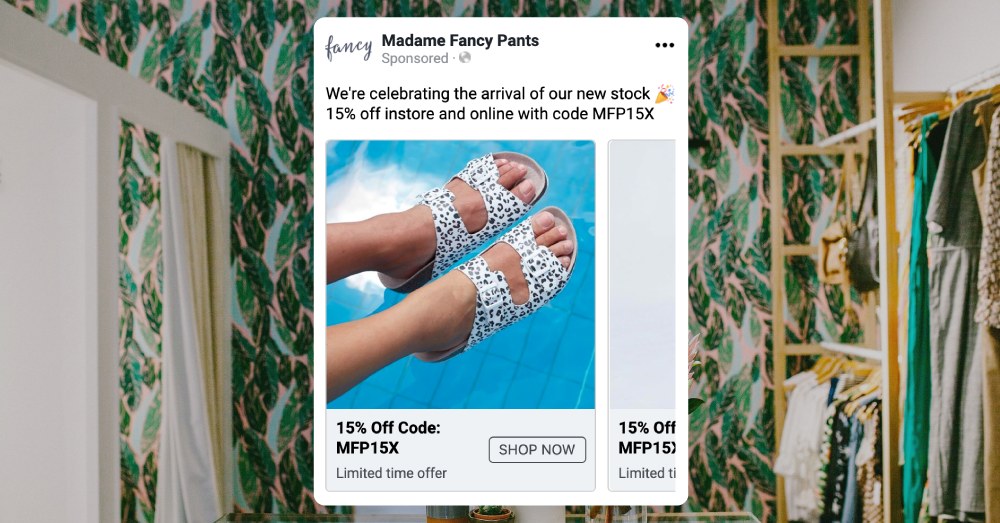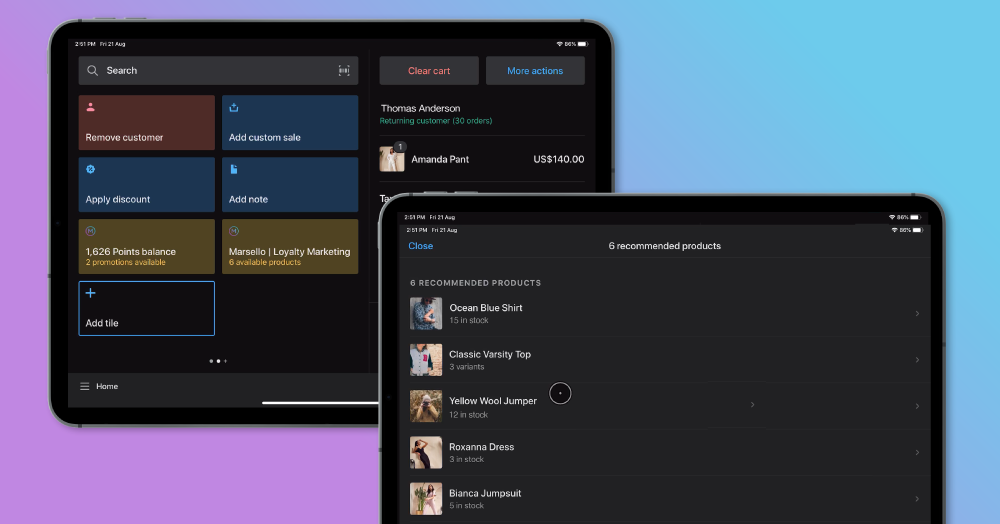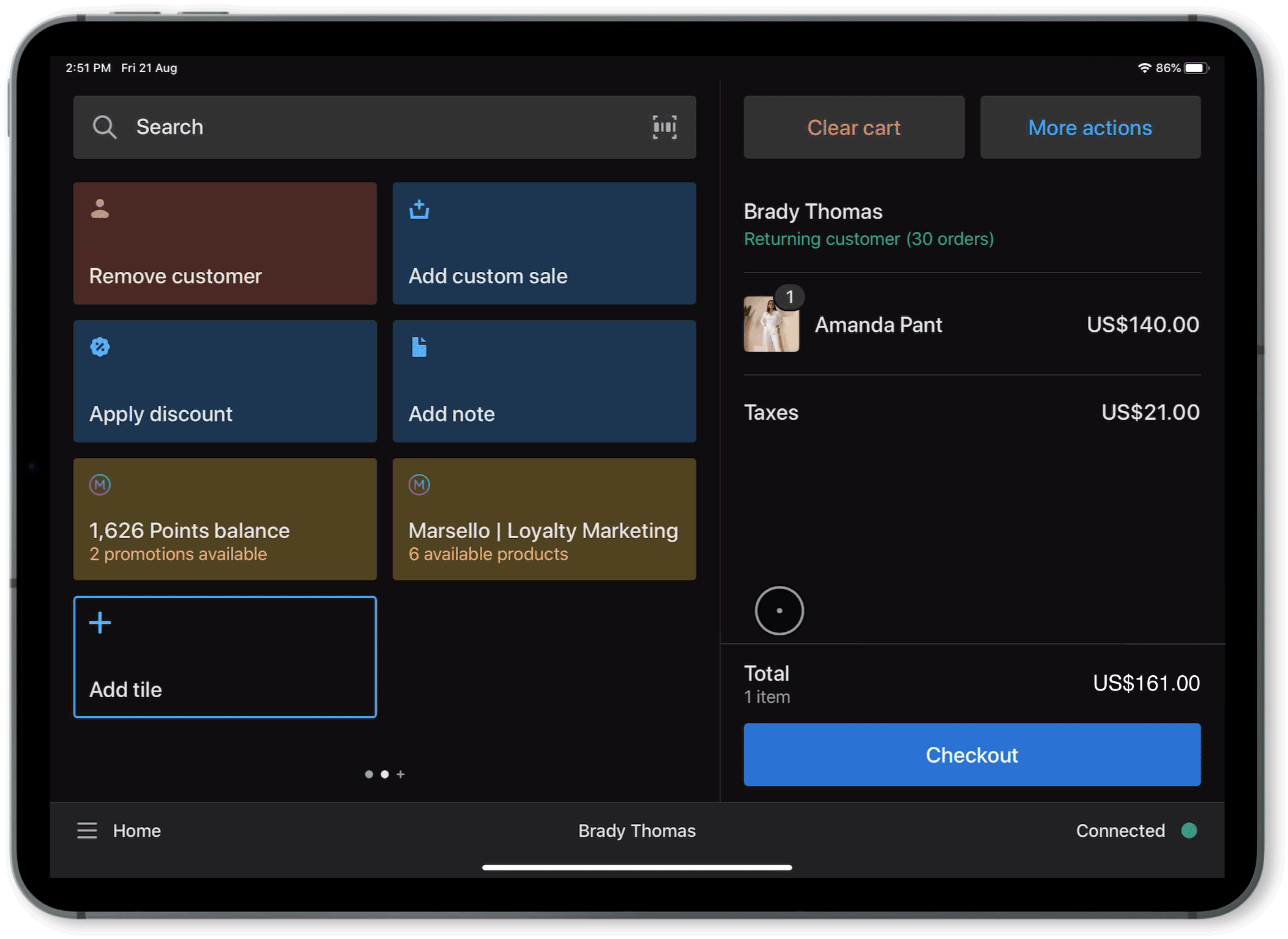Every business owner understands it’s easier to retain an existing customer than to acquire a new one. That’s why many merchants use loyalty programs to incentivize customers to come back and spend more with them. When done right, loyalty rewards, discounts, special early access, etc. can help to drive incremental revenue and maximize your customer lifetime value (CLV).
All that being said, it’s important to remember that loyalty or reward programs are long-term undertakings. Yes, they’re super beneficial to your company, but to reap those advantages, you need to periodically evaluate your loyalty program performance. Some consider loyalty programs to be money pits — and they can be if you don’t keep track of your loyalty program ROI.
So, let’s back up a bit: return on investment (ROI) is a financial metric that evaluates how profitable an investment is. To calculate the ROI, you need to divide the net profit by the cost of the investment, and express it as a percentage. The greater the ROI, the more profitable the investment.
To get a handle on your loyalty program’s success, you need to measure its ROI. The results will help you decide if your loyalty strategy is working or not. If it’s working, you can continue what you’re doing and double-down on your initiatives. On the flip side, you can rejuvenate poorly performing loyalty programs by optimizing offers, running referral programs, or getting customer feedback.
Listen to this post instead:
How do I calculate ROI for my loyalty program?
As with any business initiative, the success of a loyalty program can be measured by its ROI. The formula to calculate it is pretty straightforward.
Return on Investment = (Total Revenue - Total Cost of Running the Loyalty Program) / Total Cost
Loyalty program ROI calculation: A real-life example
Here's an example from a merchant we have been working closely with. I'm not going to share their name, but I can share their anonymized results so you can see how we assess the impact of their loyalty program.
.png?width=760&height=1469&name=Real%20life%20example%20(1).png)
Challenges in measuring loyalty program ROI
The formula for calculating your loyalty program ROI is simple enough to understand. However, there are a few challenges that can make it more difficult to accurately measure your ROI.
Attributing revenue to the right sources
One of the biggest challenges lies in capturing key metrics and pulling the necessary data from various sources — such as your marketing, sales, finance, tech teams, etc. You need to make sure that you’re attributing your revenue gains to the right sources.
For example, your regular customers are your most valuable ones, with or without a rewards program. How can you be sure their value is attributed to your loyalty program?
It can also be tricky to figure out if a purchase was triggered by loyalty program benefits or if it’s just a customer’s normal buying behavior. You need to have the right tracking mechanisms in place to be able to accurately calculate a loyalty program’s ROI.
Some of the ways to do this include using robust loyalty apps (like Marsello), discount codes, coupons, etc. to track customer behavior that can only be attributed to loyalty programs.
With Marsello, you can track the metrics like change in repeat purchase rate and increase in turnover from loyalty members, as we've done above. This will get you a much more accurate picture of your return.
It takes time to see results
Not only will you need considerable time to gather the data required to calculate the ROI, but it may also take time for your points programs to show results. Customers must first be aware of such programs, engage with them, and rack up enough points on their loyalty cards. It may take months (or more) for your loyalty program to start paying off, so you won’t know your true ROI right away.
💡 Pro tip: Rather than committing to a 3 month trial across all your sites, commit to one site for at least 1 year (expanding to other sites if you see results earlier). Starting with fewer sites but allowing for a longer time period will give you a much better indication of the impact of the program for your business.
Metrics to consider when measuring the impact of your loyalty programs
Beyond the ROI calculation above, there are many ways you can measure the impact of loyalty programs. You can look at how they affect your revenue, customer base growth, and engagement, among other things.
You could choose to measure success purely based on financial returns or through KPIs such as engagement rate, brand awareness, etc. Here are some of the data points you may need to track.
- Transaction volume
- Average order value
- Total revenue
- Cost of loyalty program memberships
- Marketing cost
- Purchase frequency of members and non-members
The key is to track these over time. Remember, it takes time to build loyalty, so running a successful rewards program is a marathon, not a sprint.
And before you calculate the ROI of your loyalty program, make sure you’re clear about your business objectives. What are your specific goals? Do you want to increase revenue by a certain percentage? Reduce your marketing expenditure while boosting sales? Grow your repeat customer base?
This will be essential for setting targets for your loyalty program and understanding its impact on your bottom line.
Direct ROI of loyalty programs
Direct loyalty program ROI can come in several forms, including:
Increased sales and revenue from repeat purchases
A loyalty program can significantly contribute to a business' goal of increasing revenue and profit. According to a 2023 report by Gitnux, the likelihood of selling to a new customer is less than 20%. Conversely, this probability rises to nearly 70% for an existing customer.
By enhancing customer satisfaction, fostering brand loyalty, attracting new customers, and gathering important customer data, your loyalty program can lead to tangible financial gains. You can also make informed decisions about product development and marketing strategies, further amplifying revenue.
Ultimately, loyalty programs serve as strategic tools for driving sales, revenue growth, and long-term profitability in any business endeavor.
Just ask Scotty’s Makeup & Beauty, which was looking for an email marketing solutions provider when it came across Marsello. Very quickly, the business realized the full potential of Marsello’s tools and decided to also set up loyalty programs. This resulted in Scotty’s Makeup & Beauty unlocking new audiences, increasing its customer engagement, and doubling its revenue.
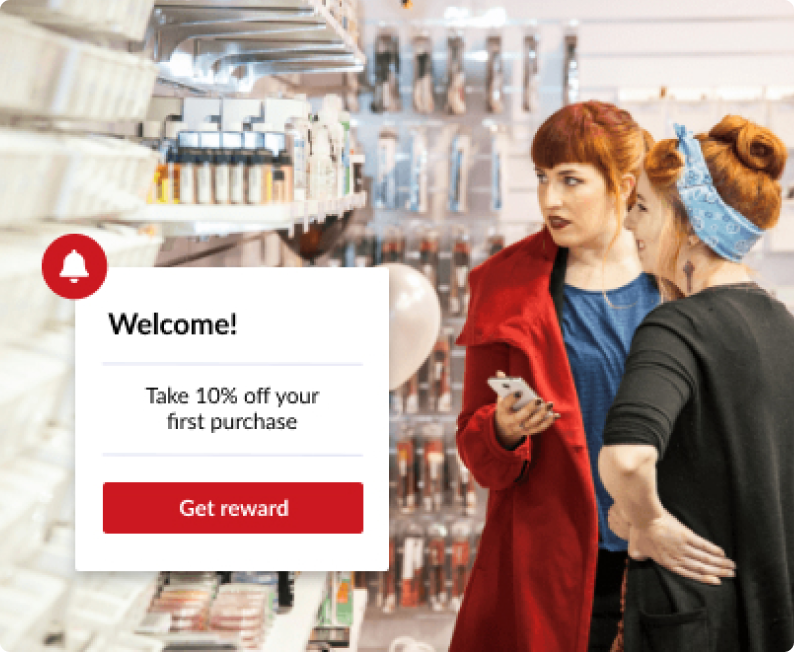
Reduced marketing costs through targeted promotions
Acquiring new customers through marketing efforts and sales outreach can be resource-intensive, consuming both time and funds. Customer acquisition costs pile up especially when leads opt for competitors.
Since loyalty programs help drive sales from existing customers, they enable your brand to mitigate the expenses linked with customer acquisition.You spend less to drive sales, which leads to a higher bottom line.
Indirect ROI of loyalty programs
Now that we’ve covered the direct ways to measure ROI, here’s a look at the indirect metrics that you may want to track.
Improved customer retention
When customers feel valued and content, they are more inclined to remain loyal and make repeat purchases. Implementing a loyalty program can significantly contribute to this effect.
For instance, imagine being a long-term participant in a supermarket’s loyalty program, accumulating rewards for discounts or free items. Such incentives foster loyalty, encouraging folks to continue supporting your brand despite alternative options.
Enhanced brand loyalty and customer satisfaction
Loyalty programs enhance customer appreciation by rewarding purchases with discounts or complimentary items, fostering a sense of value. Tailoring rewards based on individual preferences demonstrates care and enhances the shopping experience.
This helps to elevate customer satisfaction levels. Satisfied customers are more likely to return, which just goes to show the role of customer loyalty programs in enhancing overall satisfaction and fostering repeat business.
Positive word-of-mouth and referrals
Referral marketing, aka word-of-mouth marketing is a highly effective and sought-after strategy for customer acquisition. Recommendations from friends and family, along with good reviews on social media carry more weight than brand messages.
This is one of the most significant gains from loyalty programs — devoted customers become brand advocates, sharing their positive experiences and benefits received from your business. Through their advocacy, your company can gain new customers organically, without incurring any additional costs.
Data collection and insights for better business decisions
Understanding customers is crucial for business success. Rewards programs offer valuable insights into loyal customers, including their personal details and preferences. This enables businesses to enhance customer experiences and satisfaction by tailoring their services to meet individual preferences.
Bonus points if your loyalty program works across multiple channels. Going omnichannel with your loyalty efforts means you can collect data from all customer touchpoints, while providing a seamless experience no matter where or how they’re shopping.
Fashion label ALPHA60 was looking to improve its customer-first marketing efforts by providing all its customers with the same great experience. ALPHA60 brought in in-store and online sales data into Klaviyo, allowing the brand to display points balances, segment customers, and send personalized emails, no matter how customers shop.
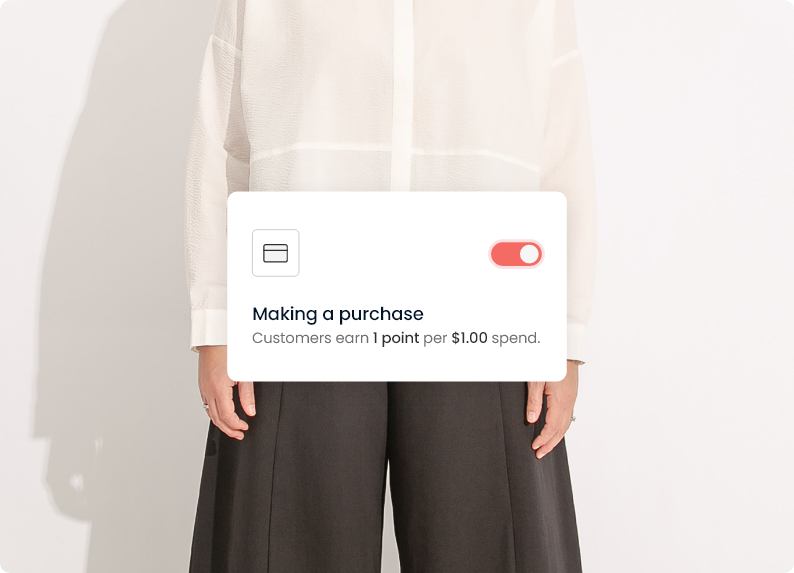
By using Marsello for loyalty and marketing, ALPHA60 was able to attain a repeat purchase rate of 70%, wildly surpassing what is considered to be a good repeat purchase rate in the industry (between 20% and 40%).
Tools to track your metrics
Loyalty program solutions like Marsello give you a whole host of tools required to track metrics related to loyalty programs.
The platform's built in marketing analytics capabilities can shed light on which channels and strategies yield the best results. Plus, you can track your loyalty program performance overtime, so you can improve both in the short- and long-term.
Final words
Loyalty programs can offer substantial returns on investment for your business. The right program can enhance customer satisfaction, drive repeat purchases, and boost retention rates. It also provides valuable data and insights for informed decision-making and optimized marketing strategies.
That’s why it’s so important to invest in the right solution AND track your return on that investment. Measuring your loyalty program ROI helps you improve, so you can continue to delight customers and keep them coming back.
Need help doing just that? Check out our ROI Calculator to see how your loyalty programs are performing or talk to an expert to discuss opportunities for revenue growth.
Get advice from a loyalty expert and start driving repeat sales.
Read more: 7 Steps To Building A Profitable Loyalty & Rewards Program



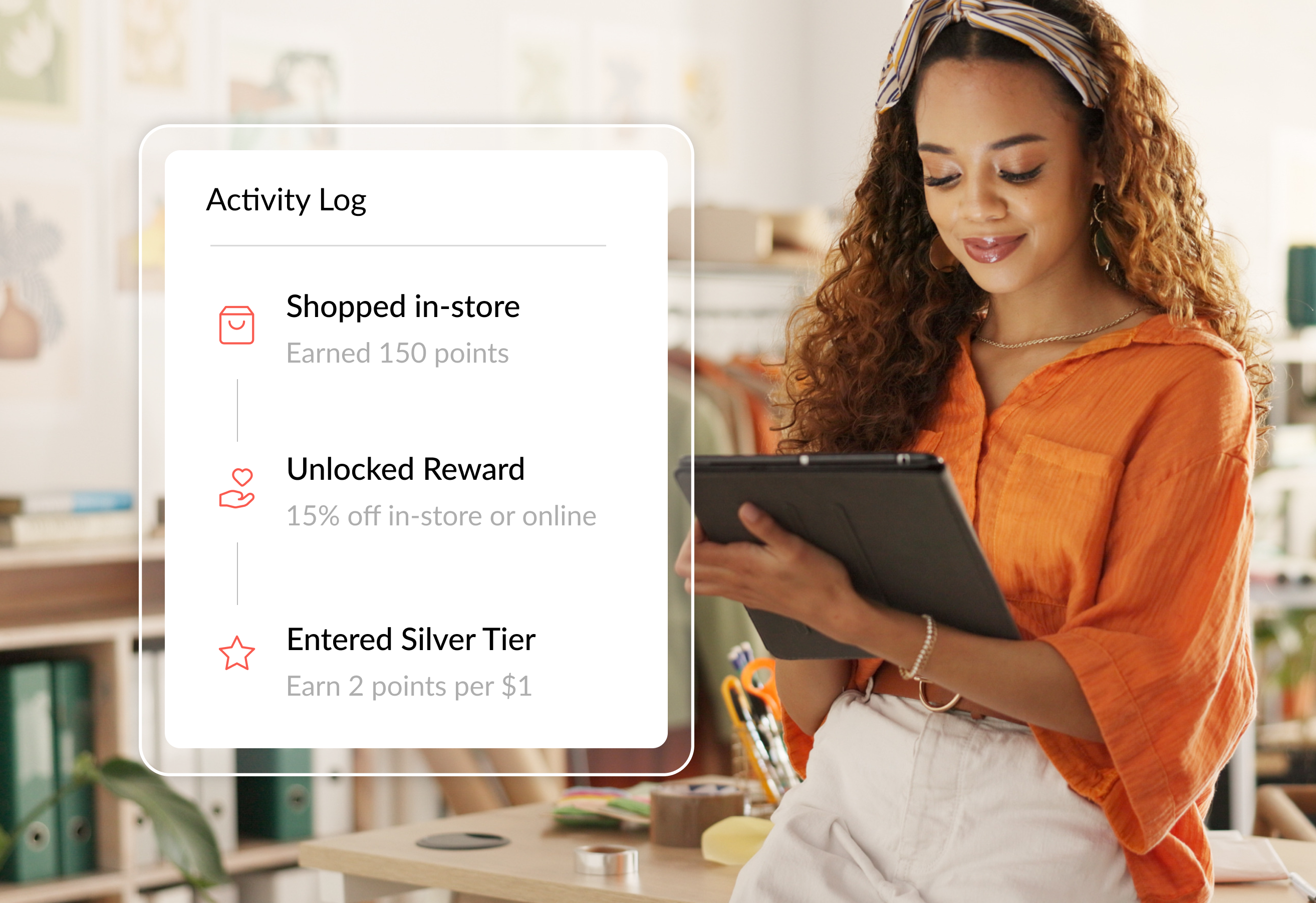
.png?width=1200&height=400&name=Frame%206%20(4).png)

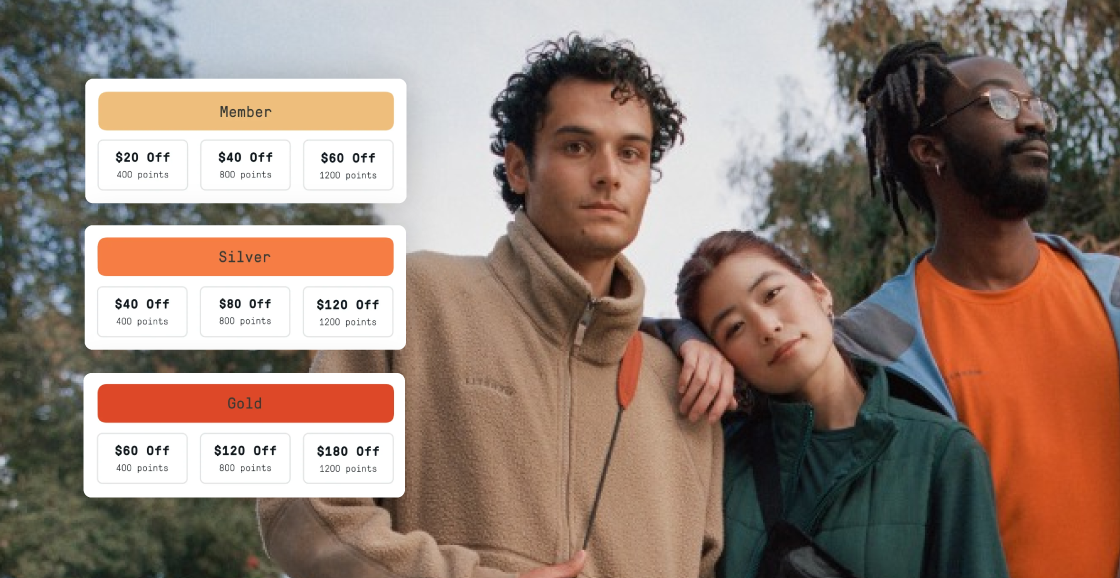
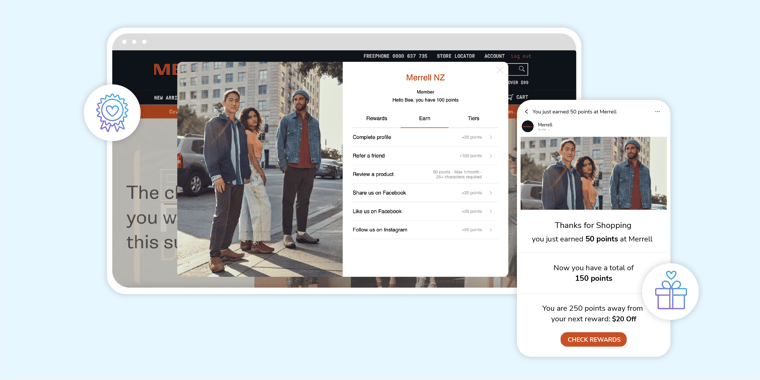
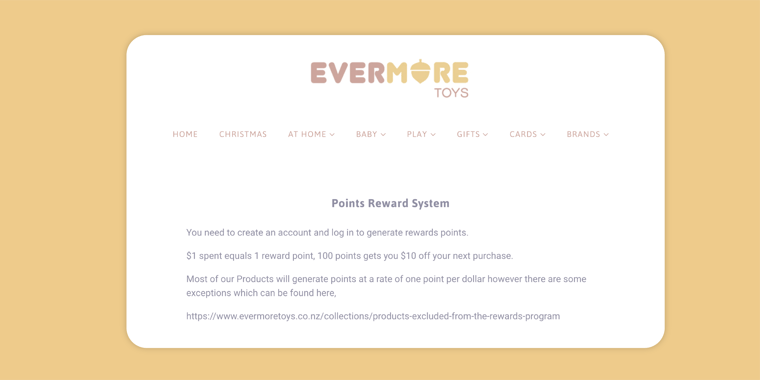
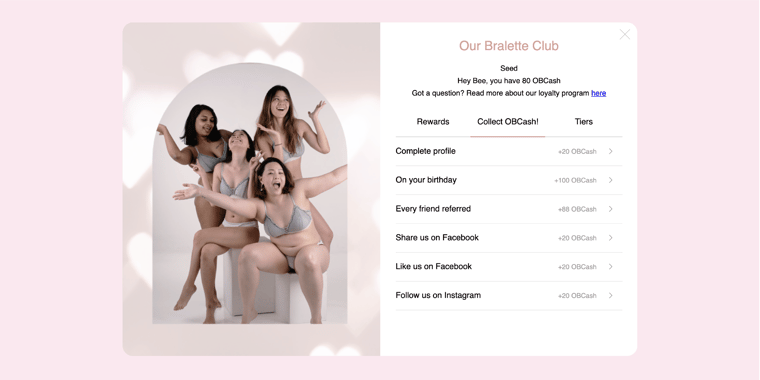
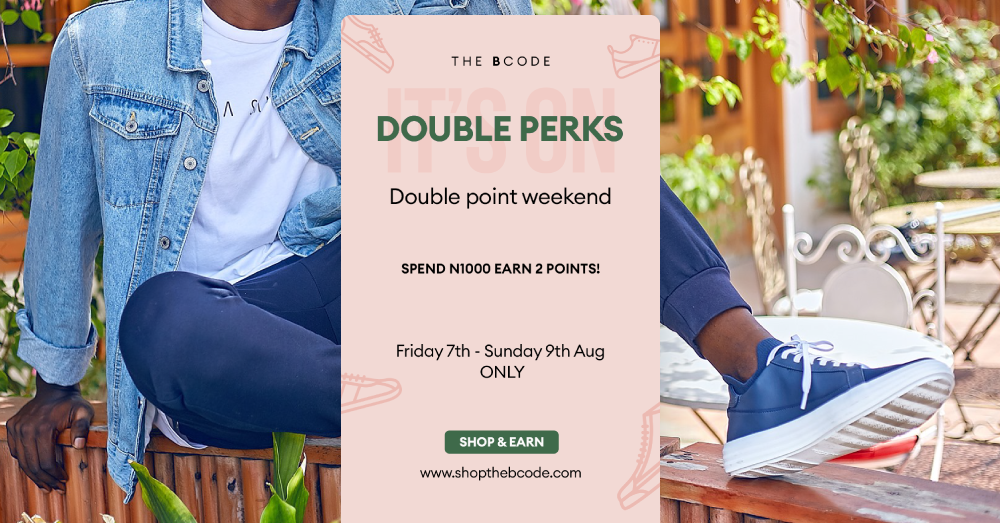
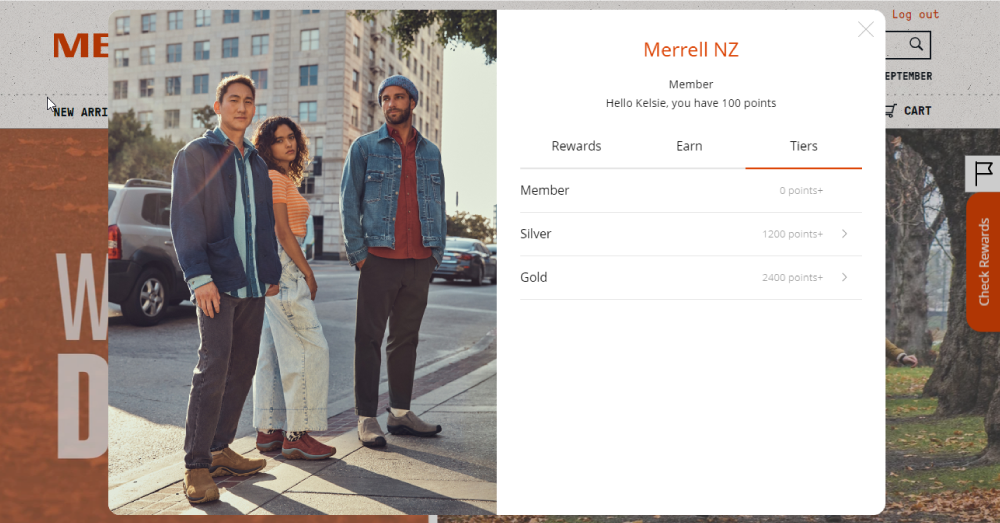
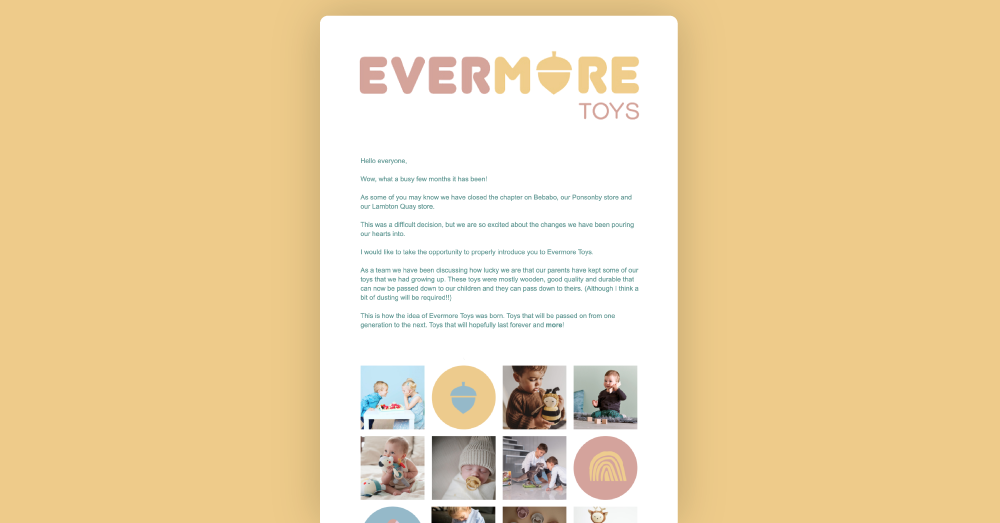
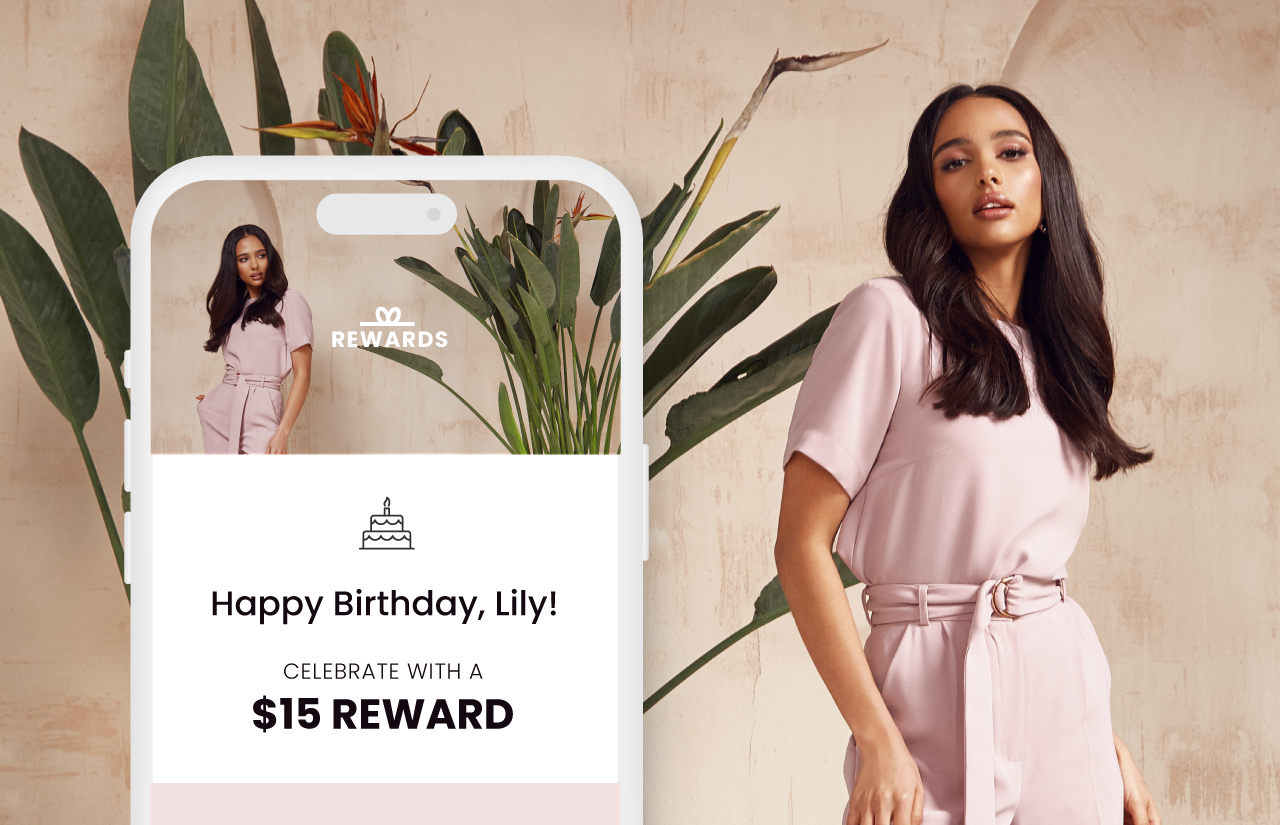

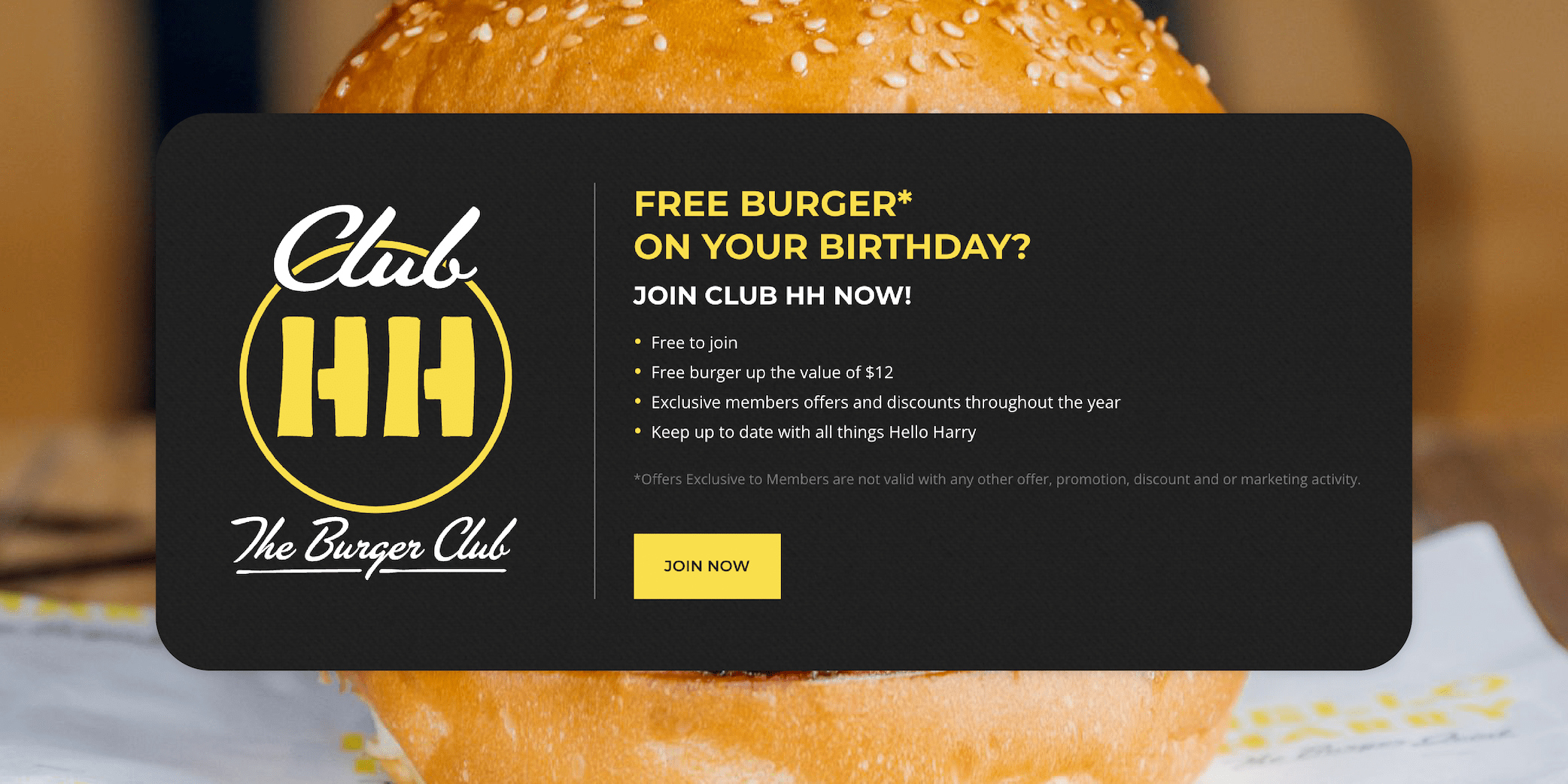
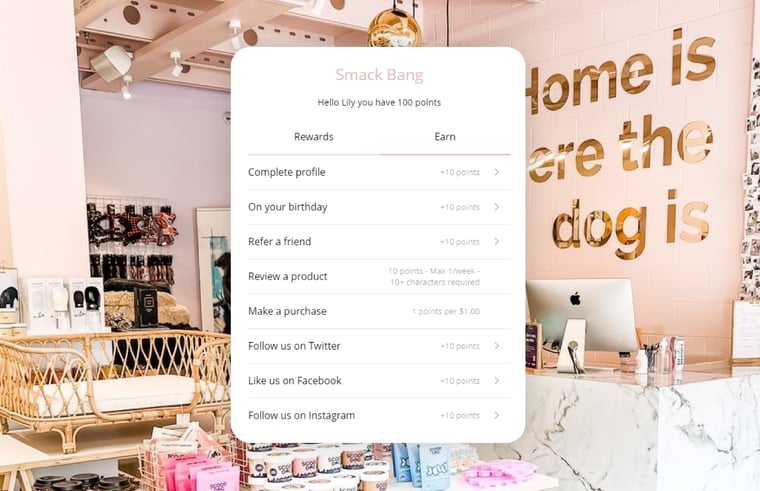
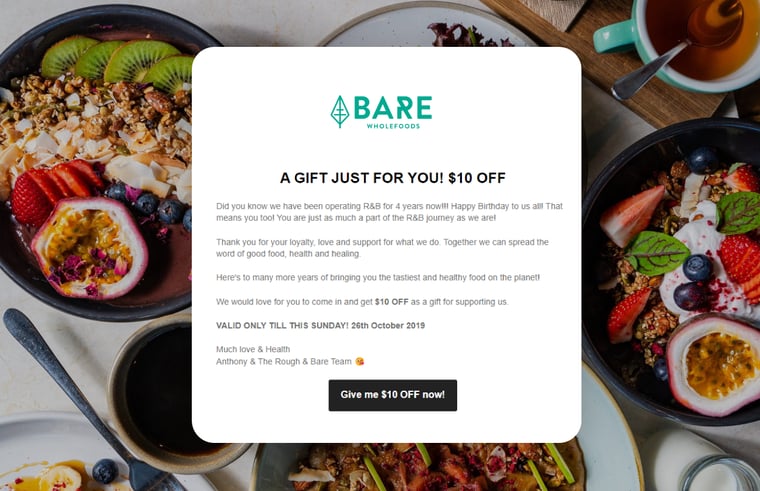
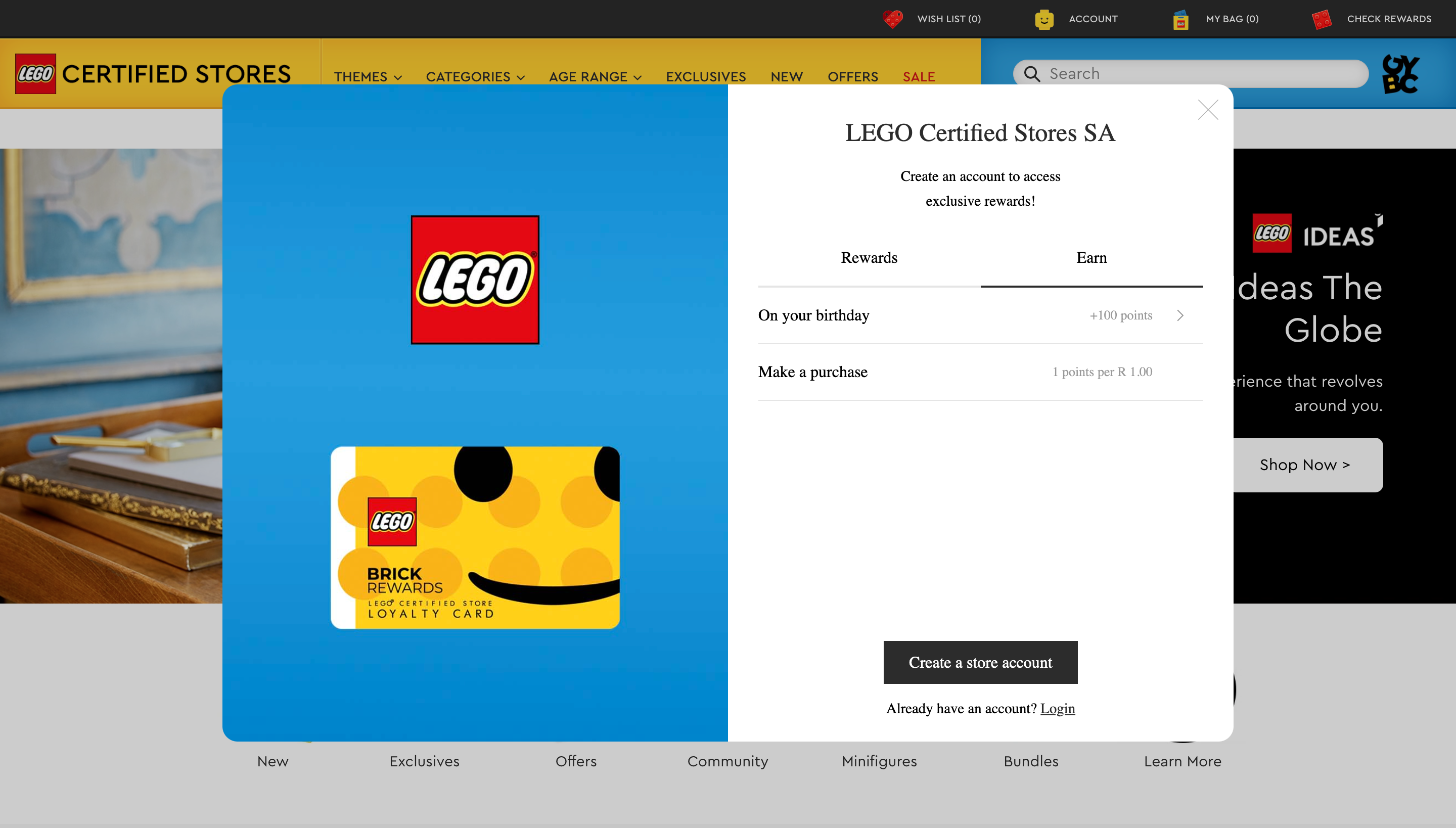
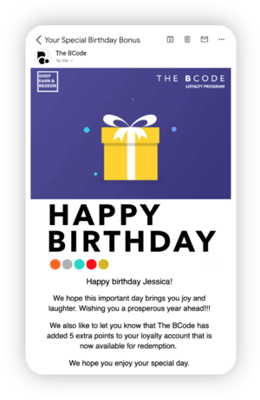



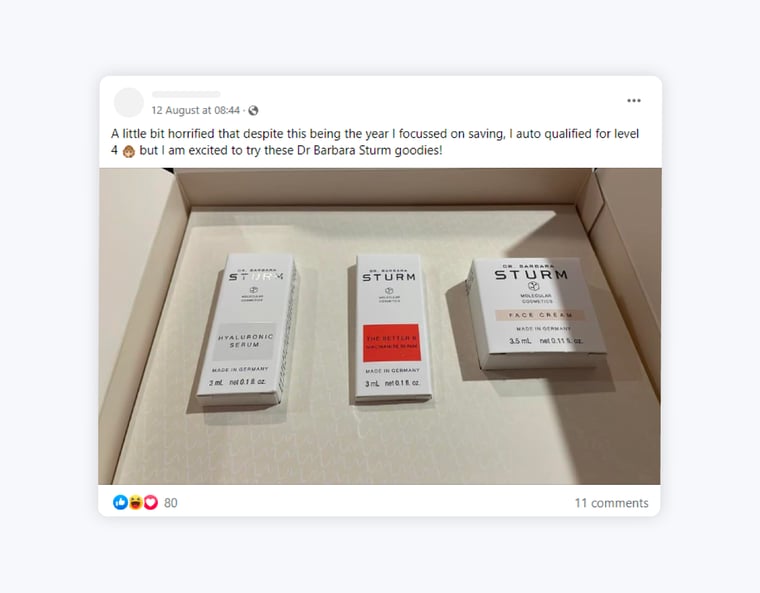
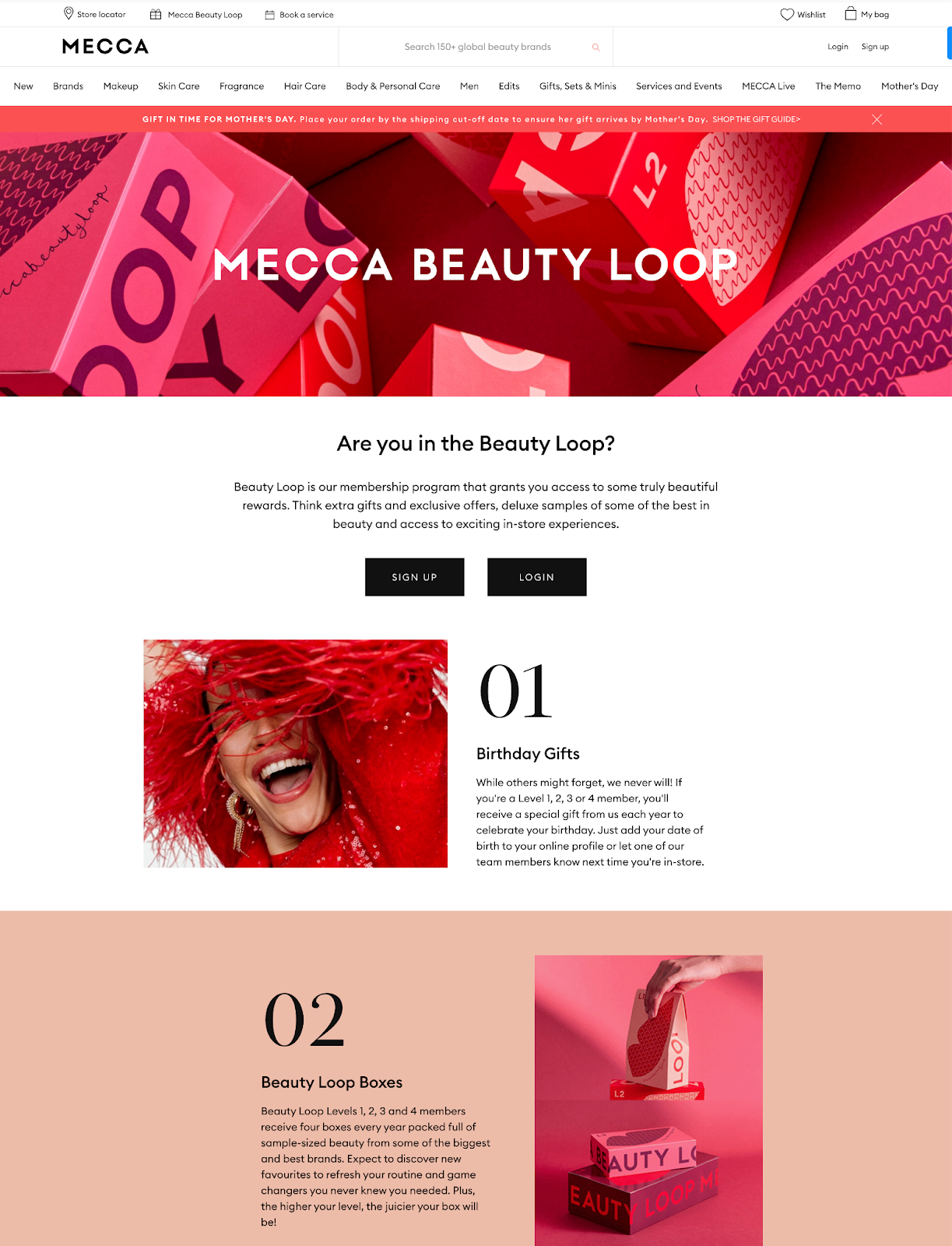

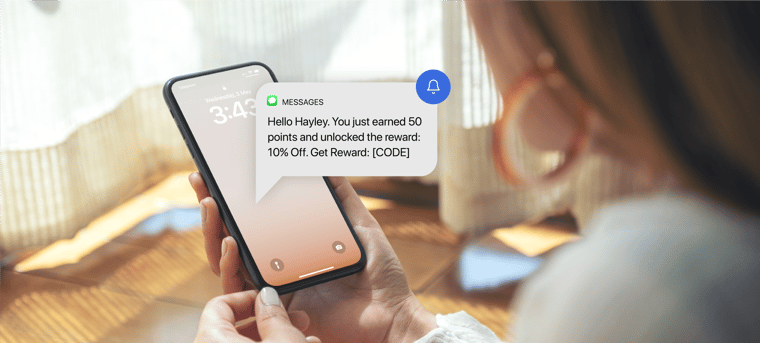
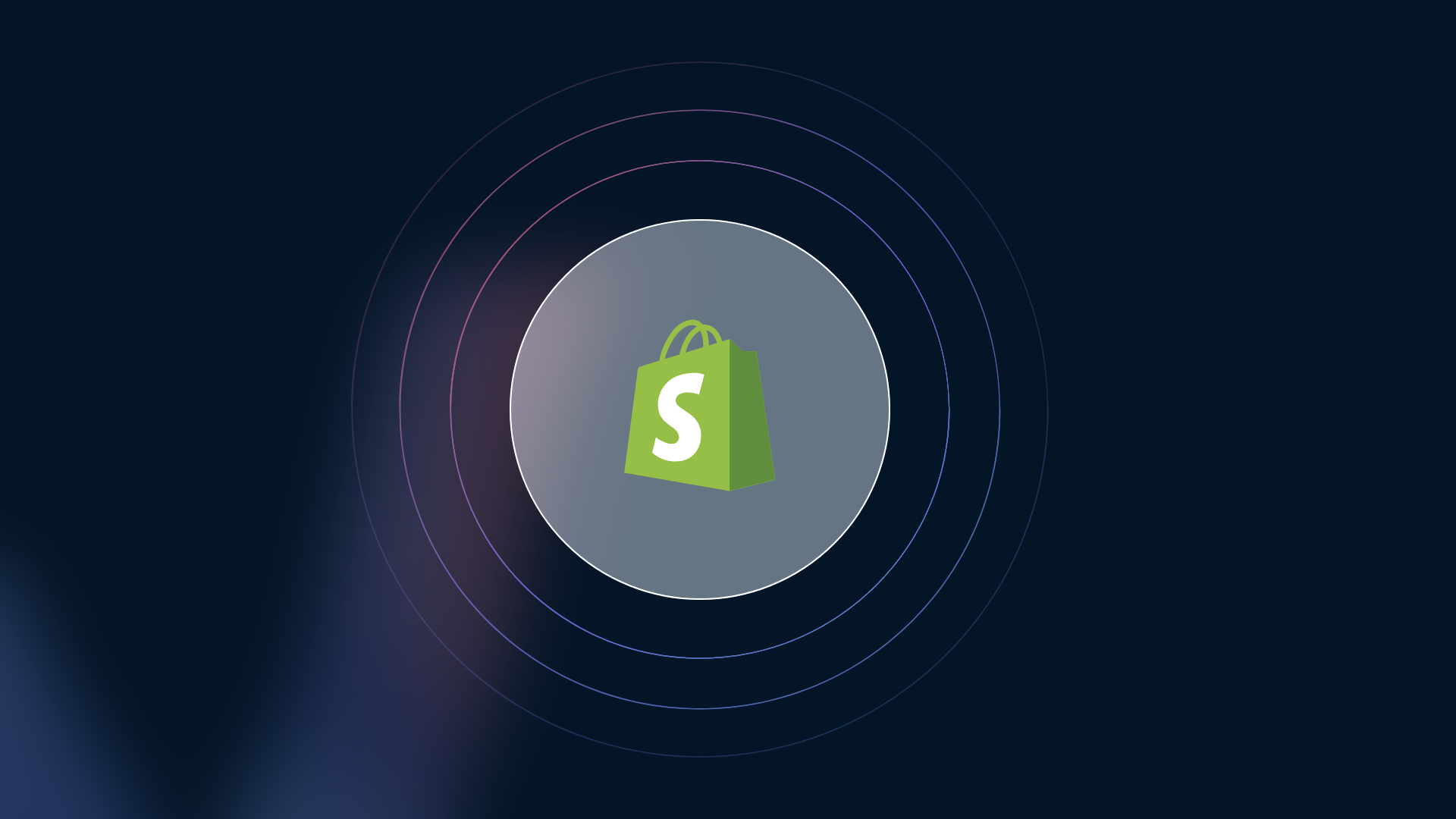


.png?width=1200&height=505&name=Green%20(1).png)





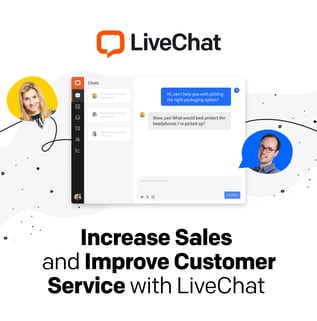

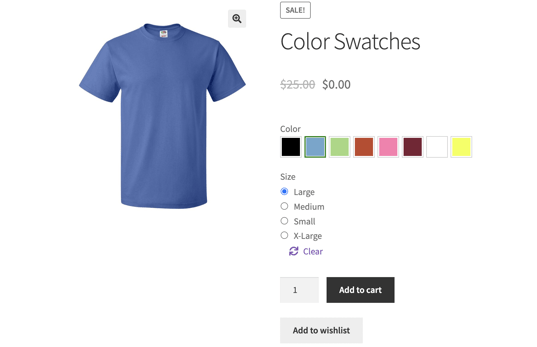
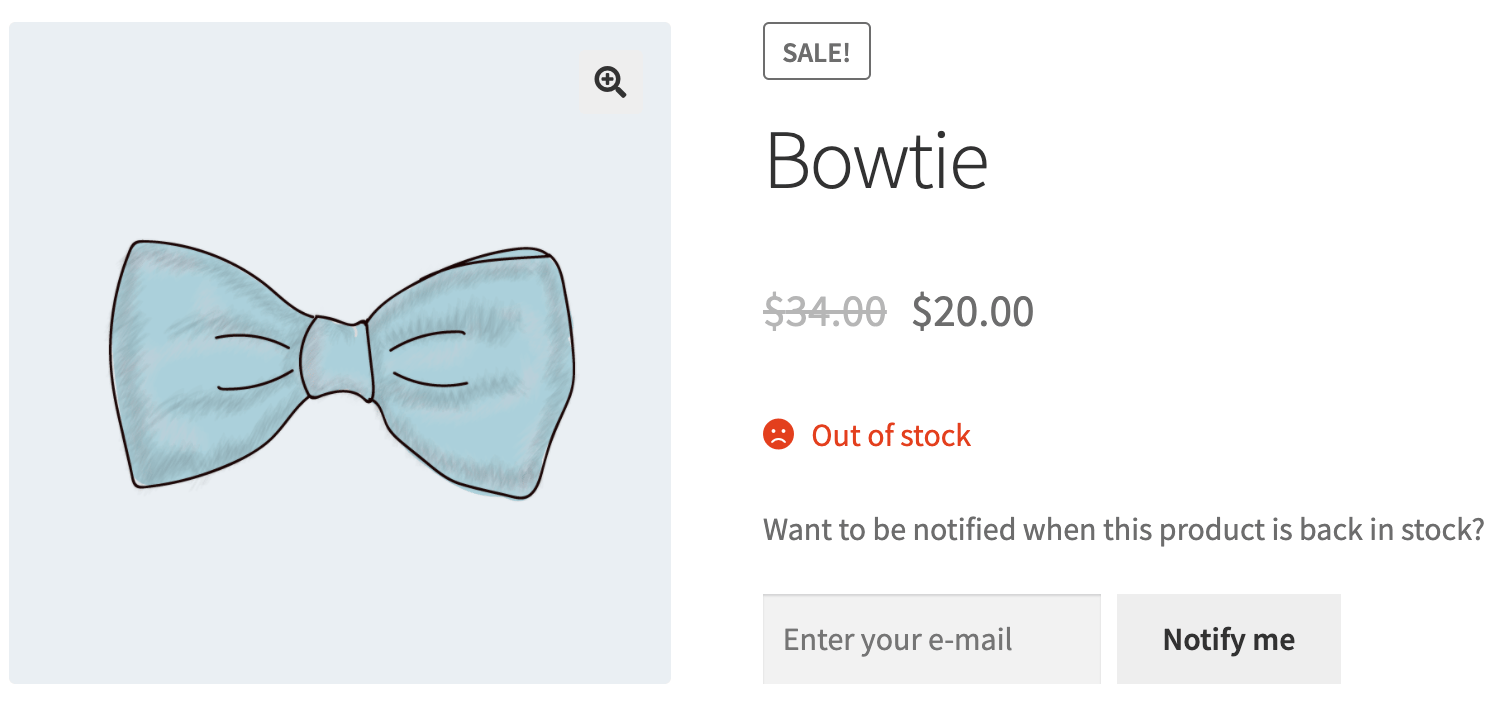

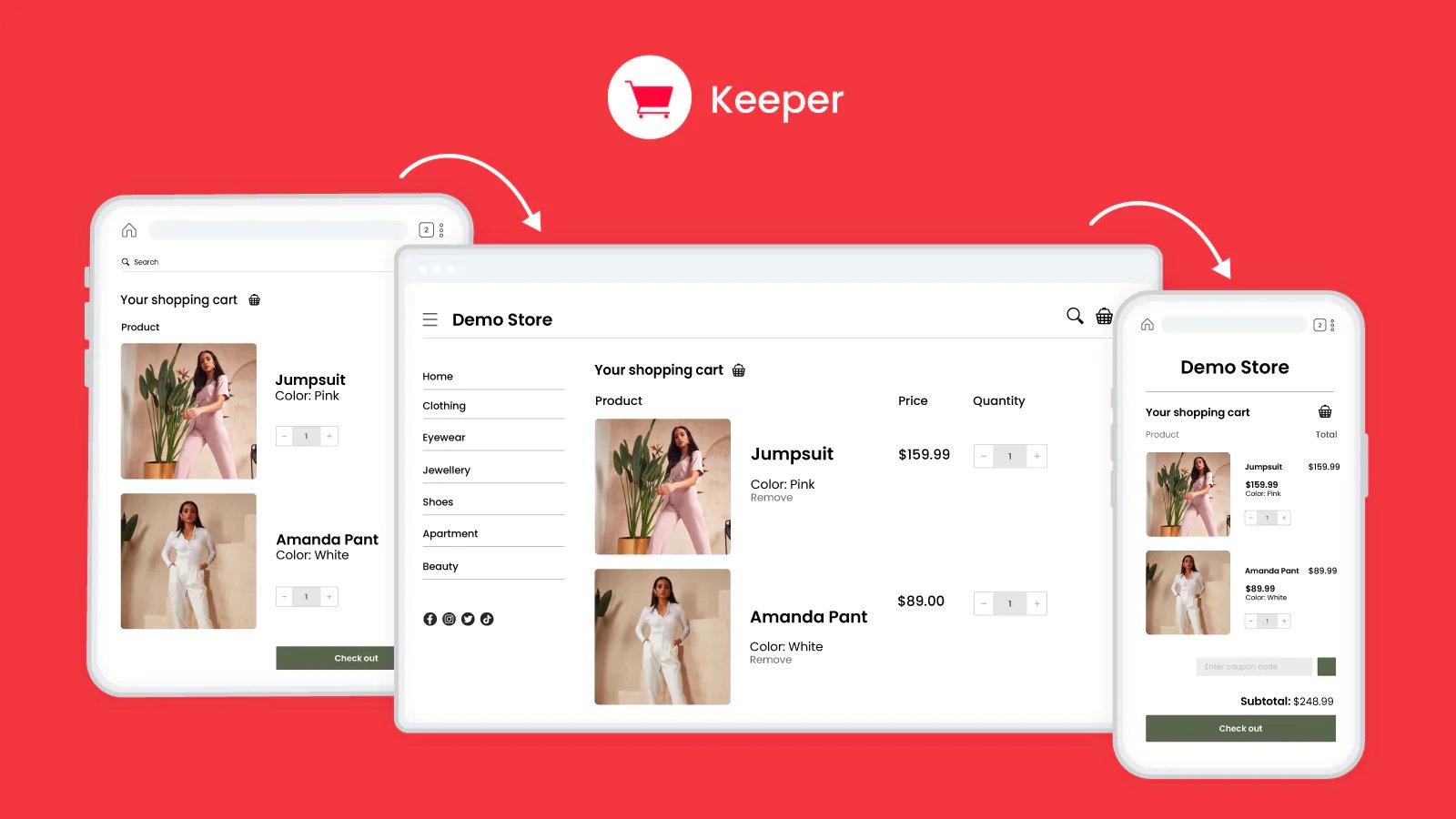
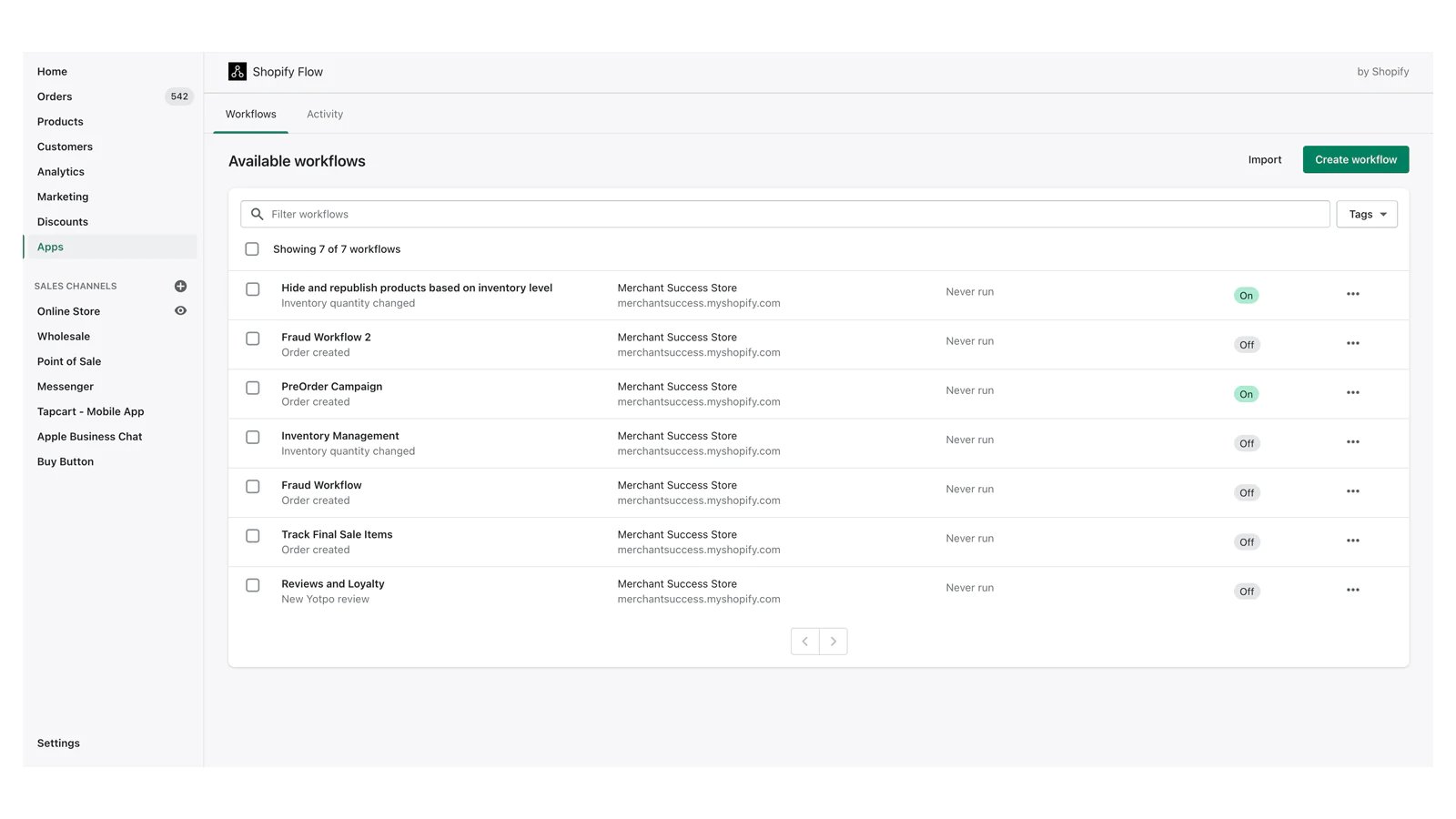
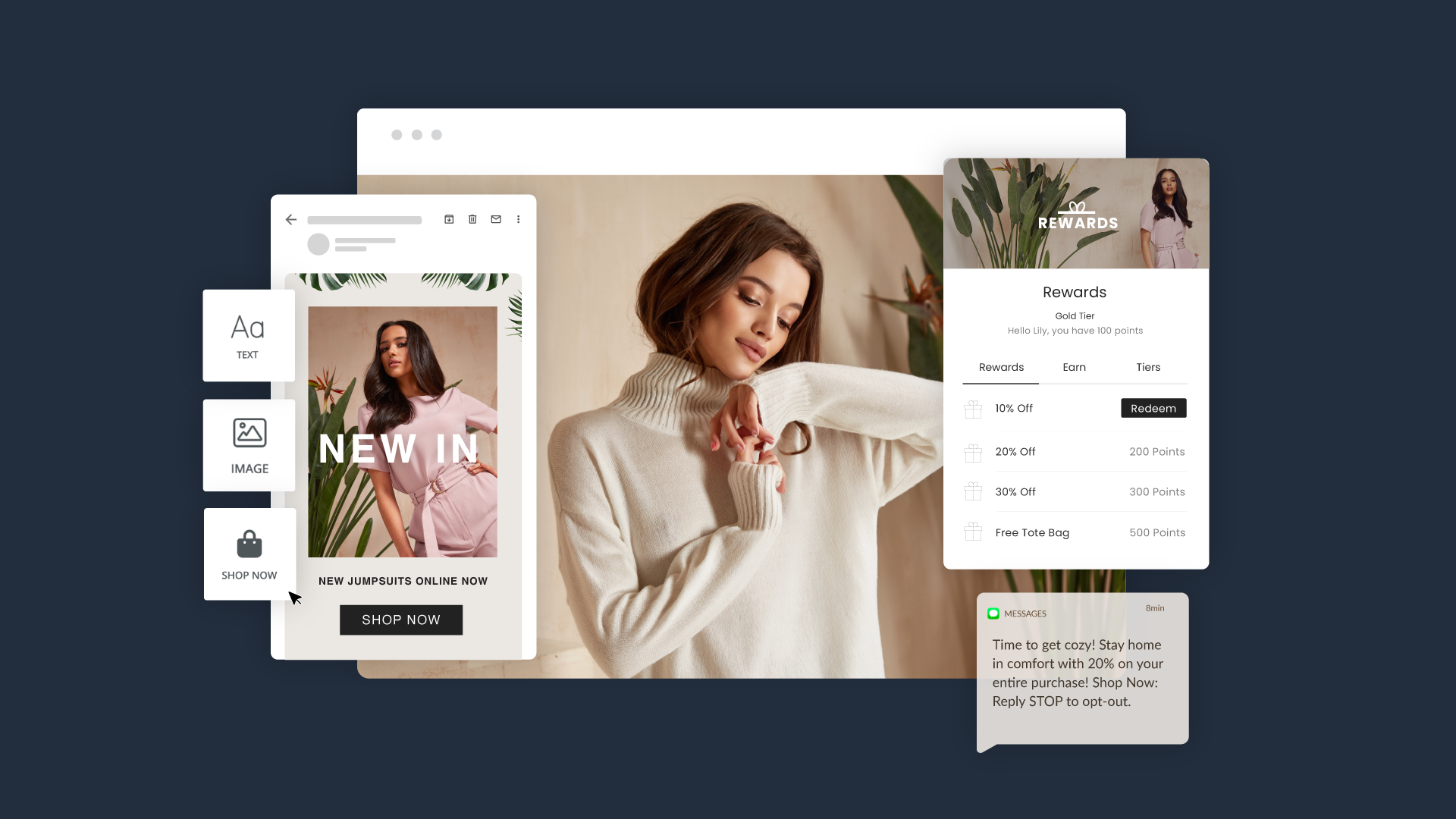

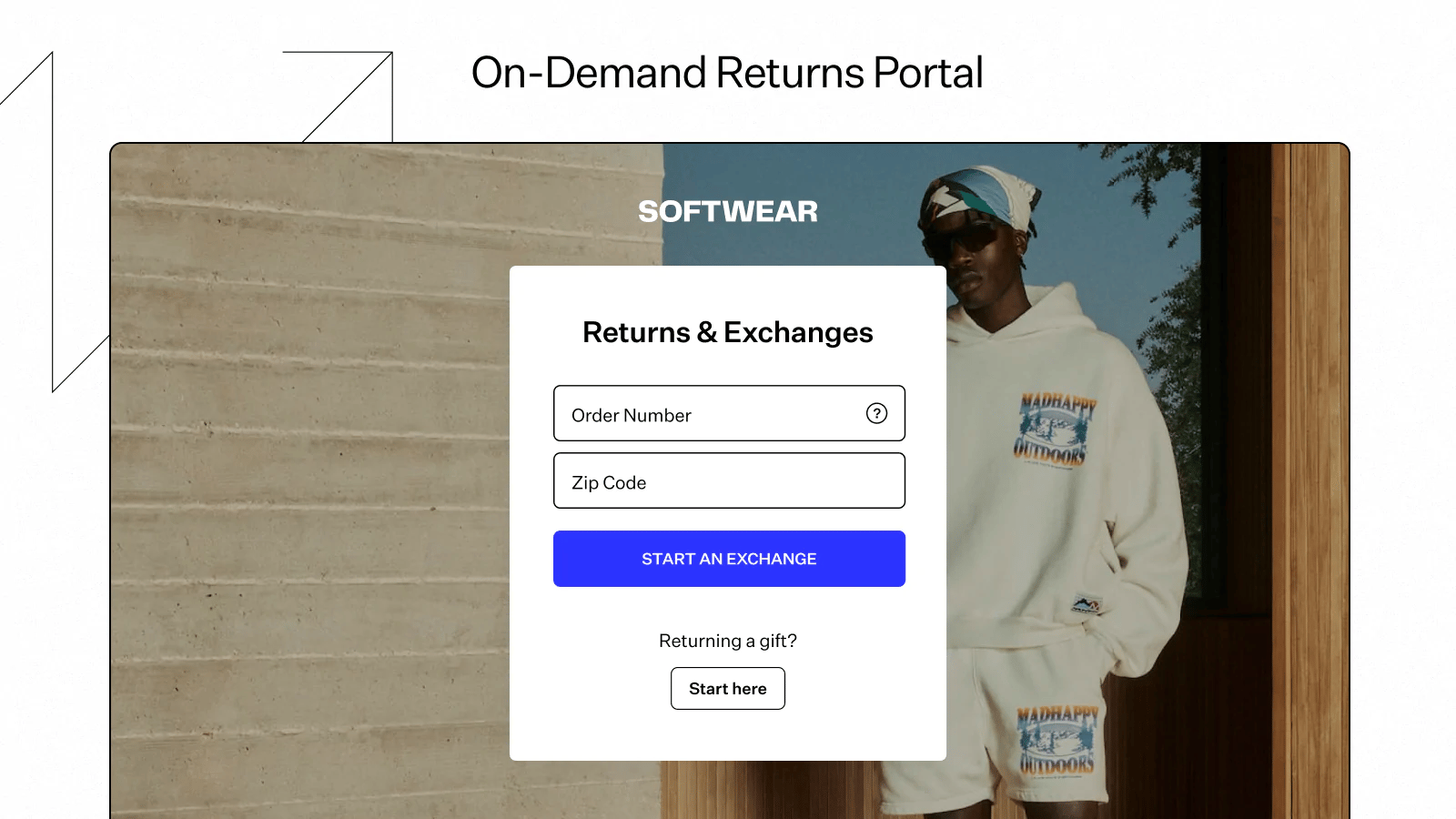
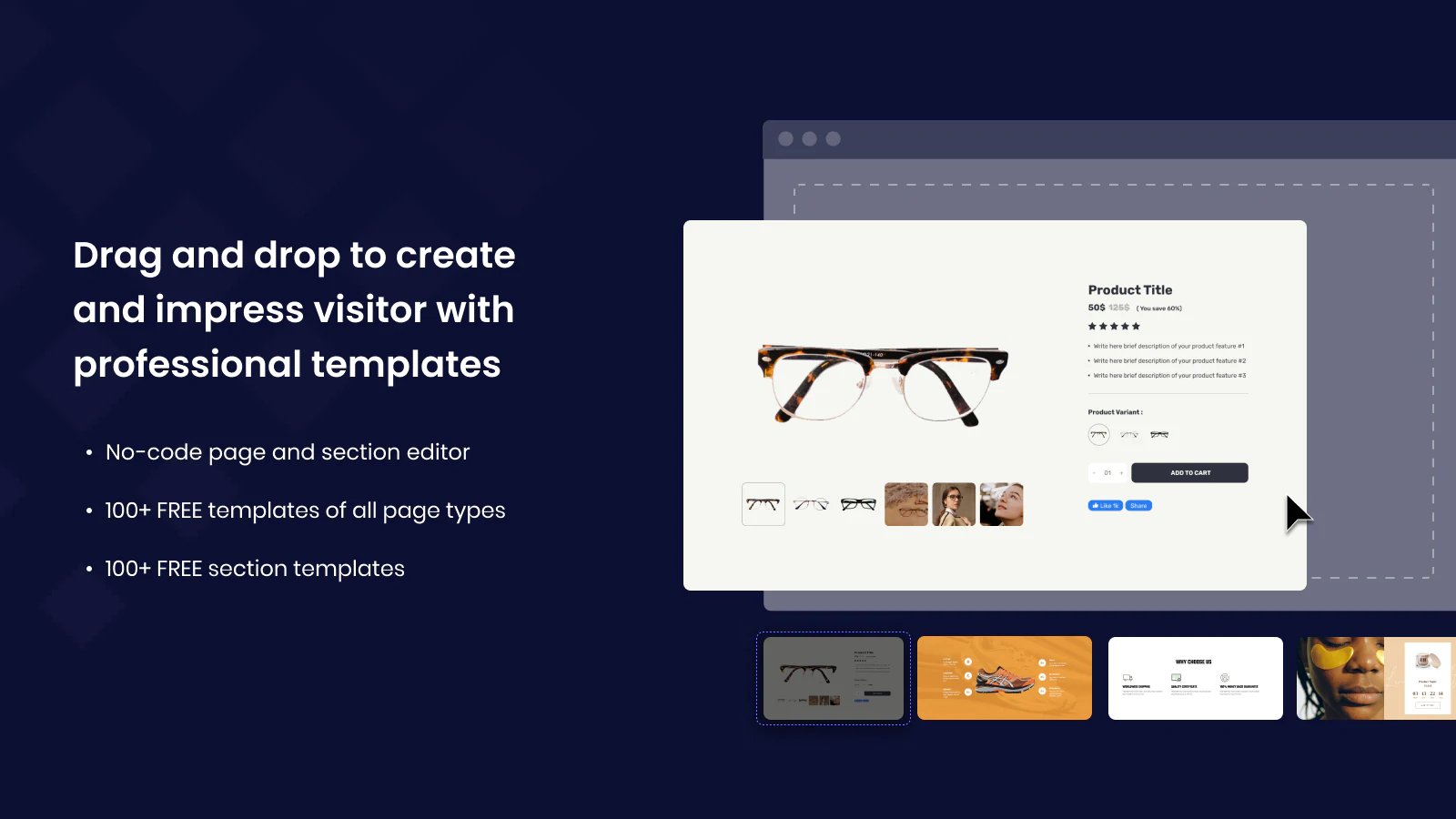
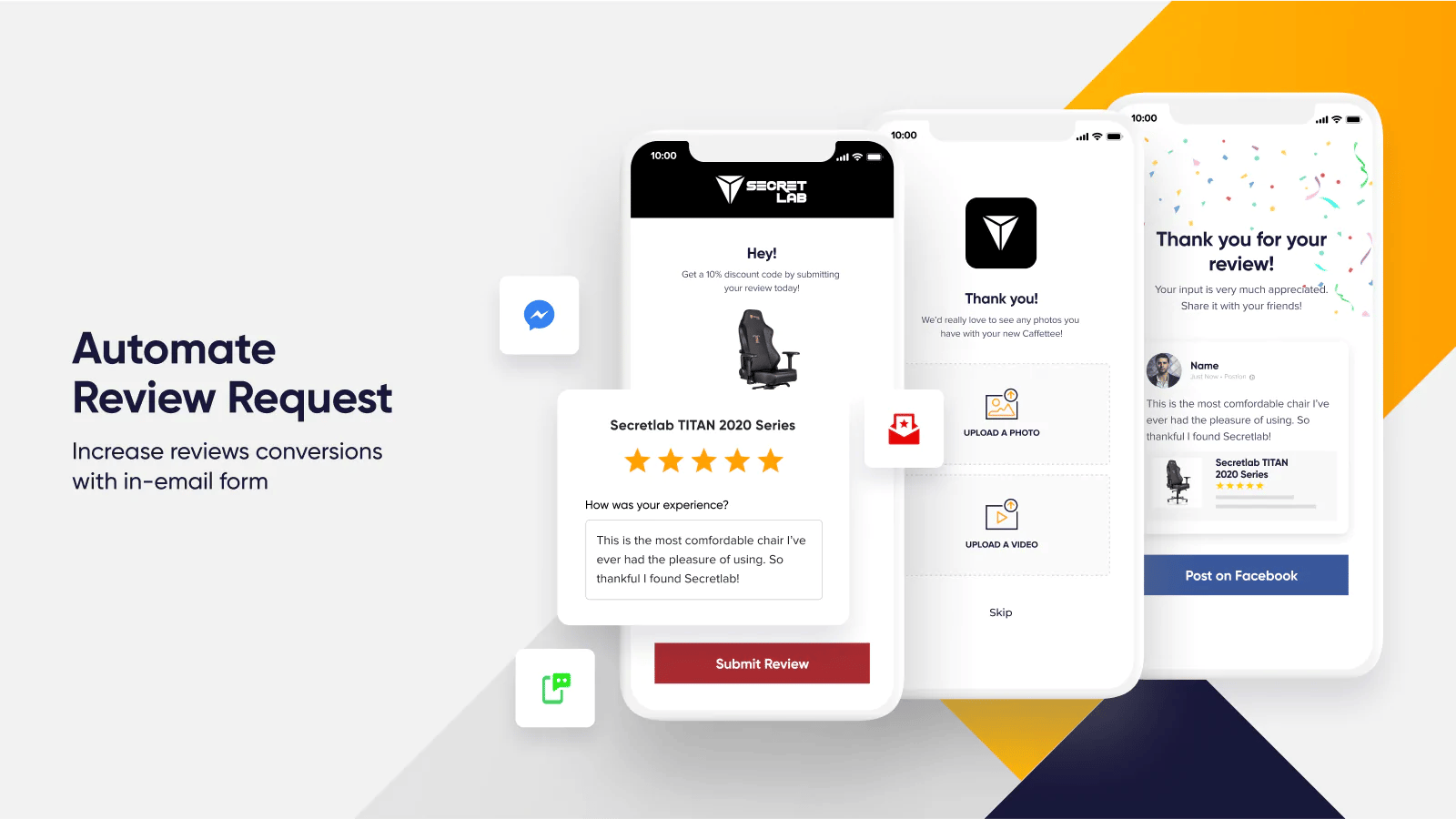
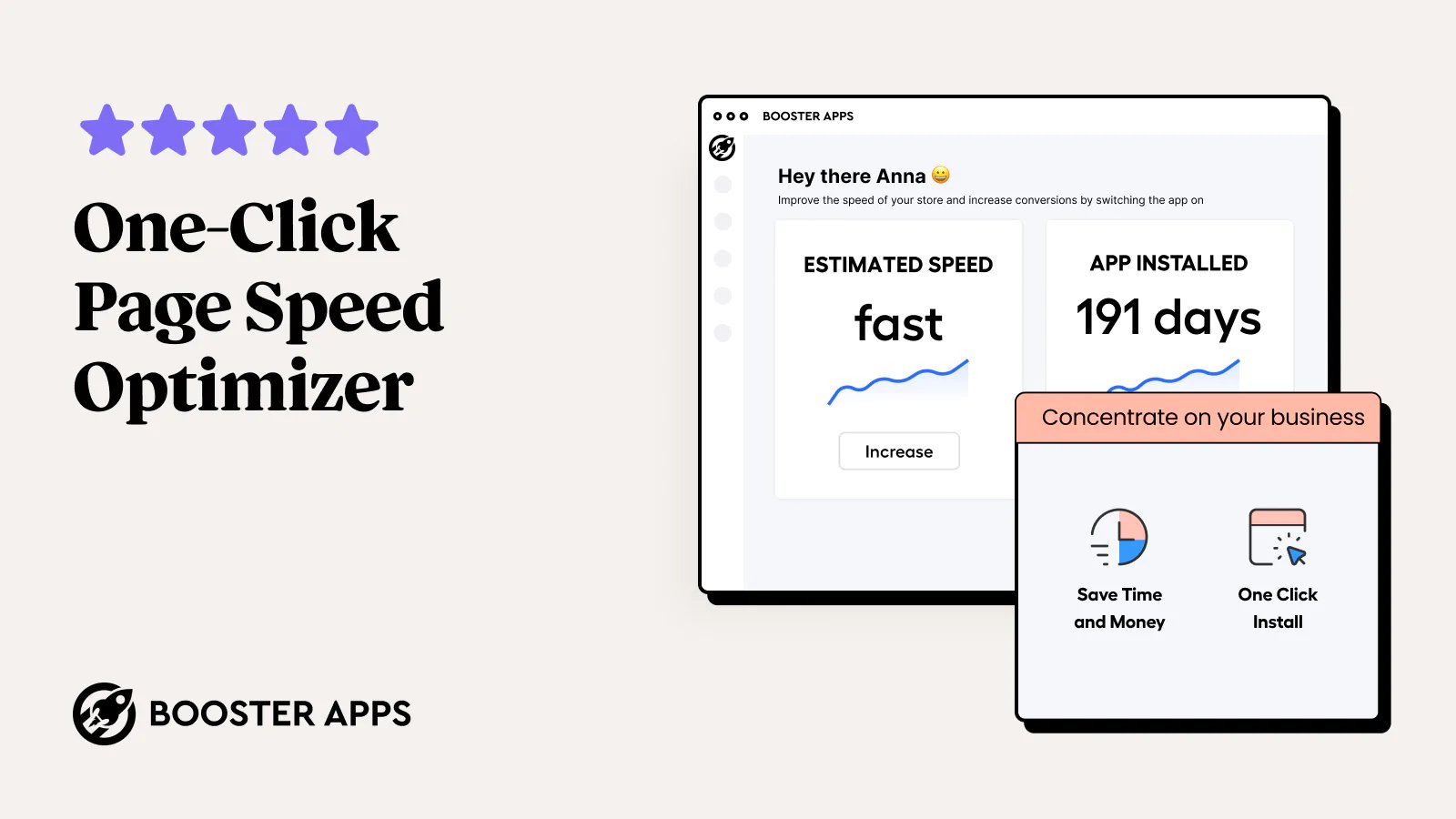
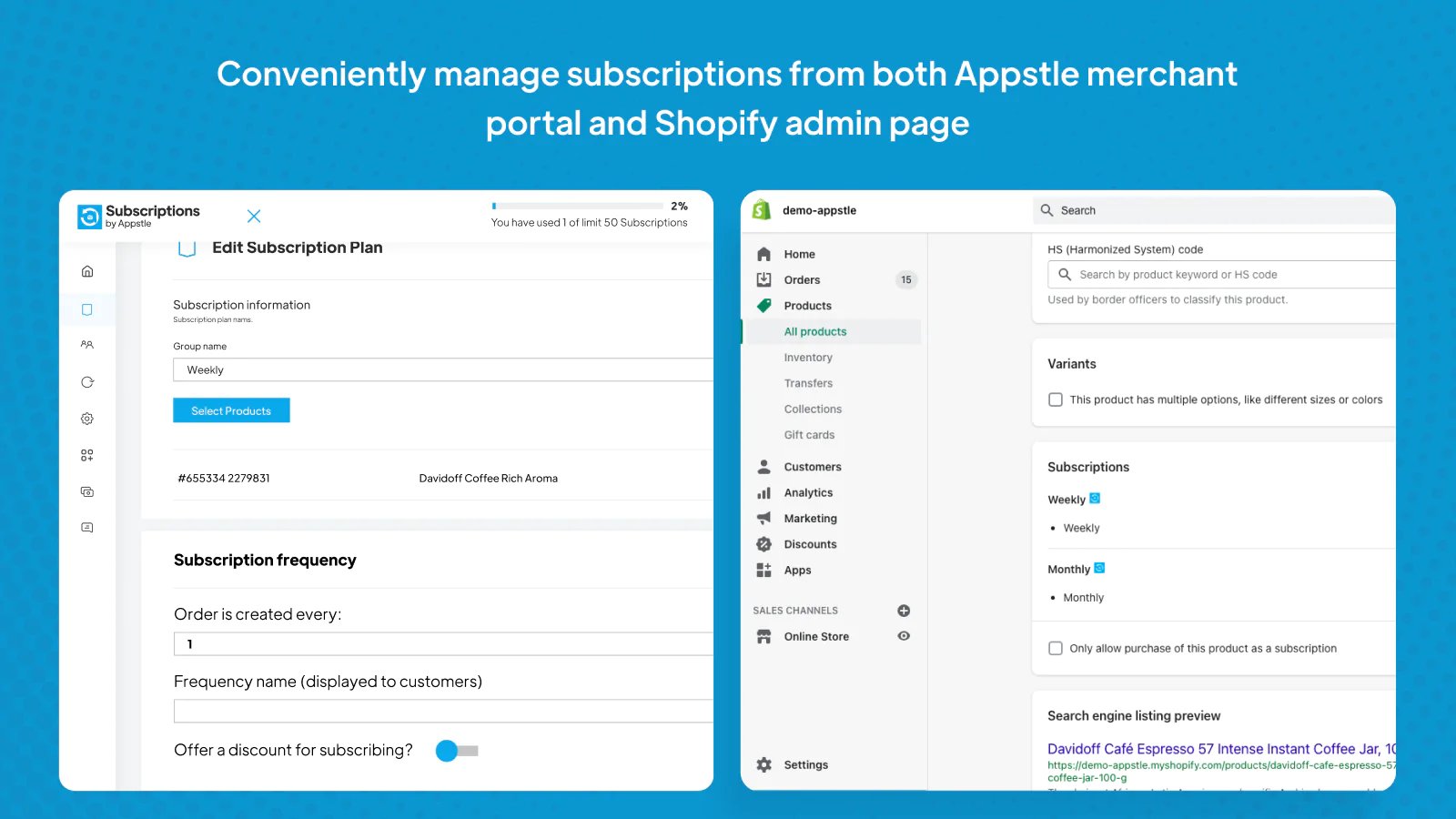
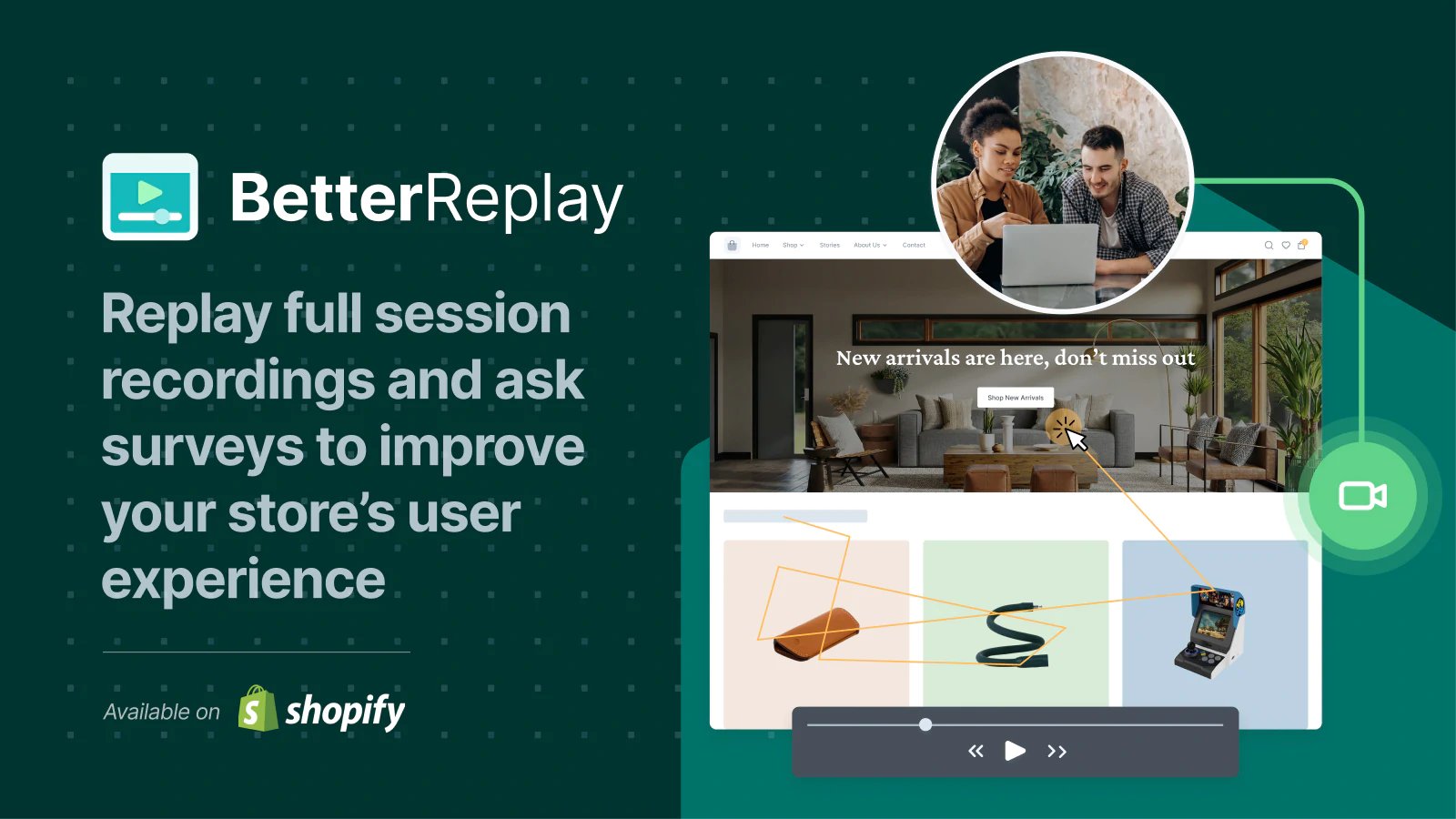
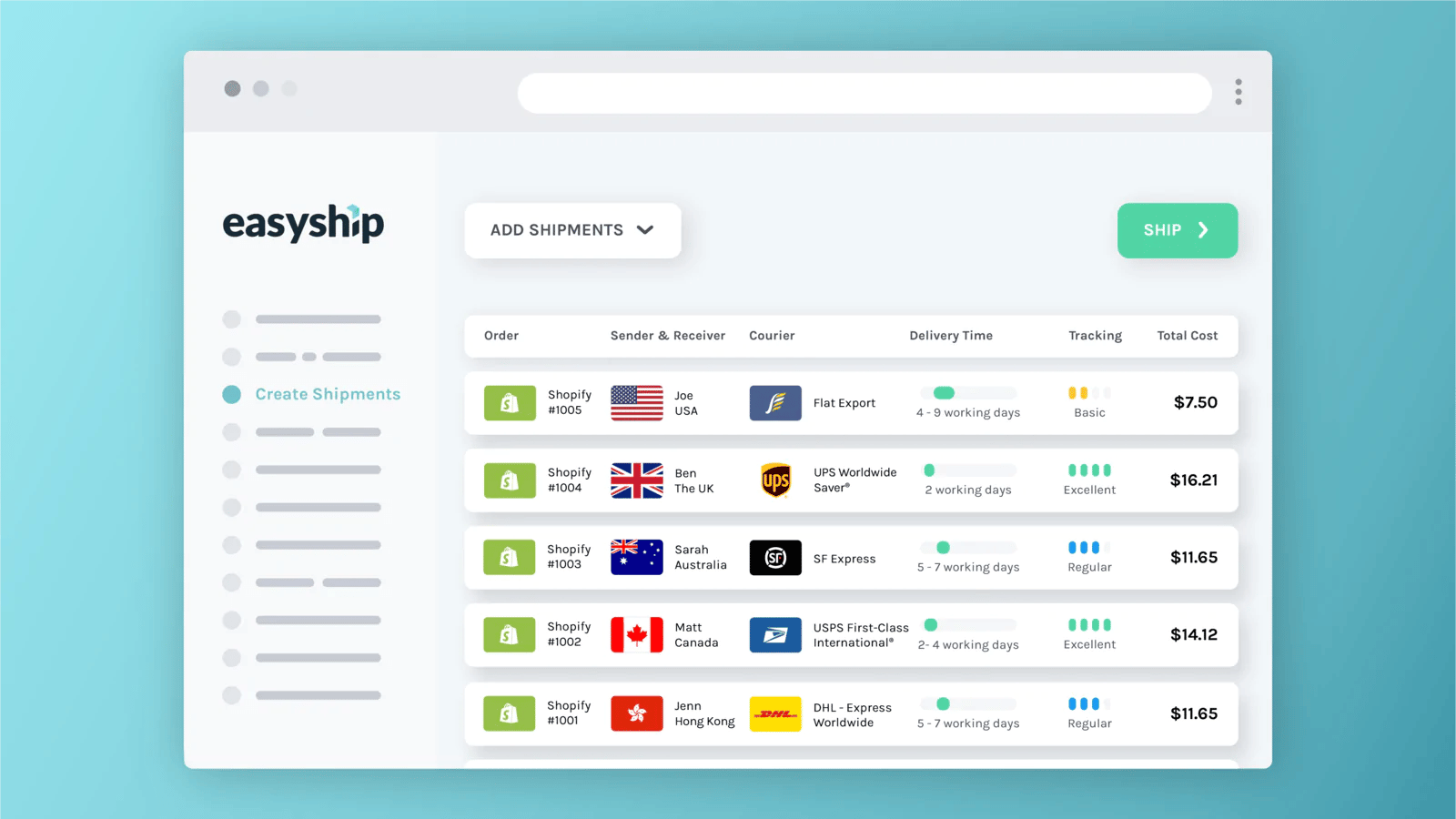
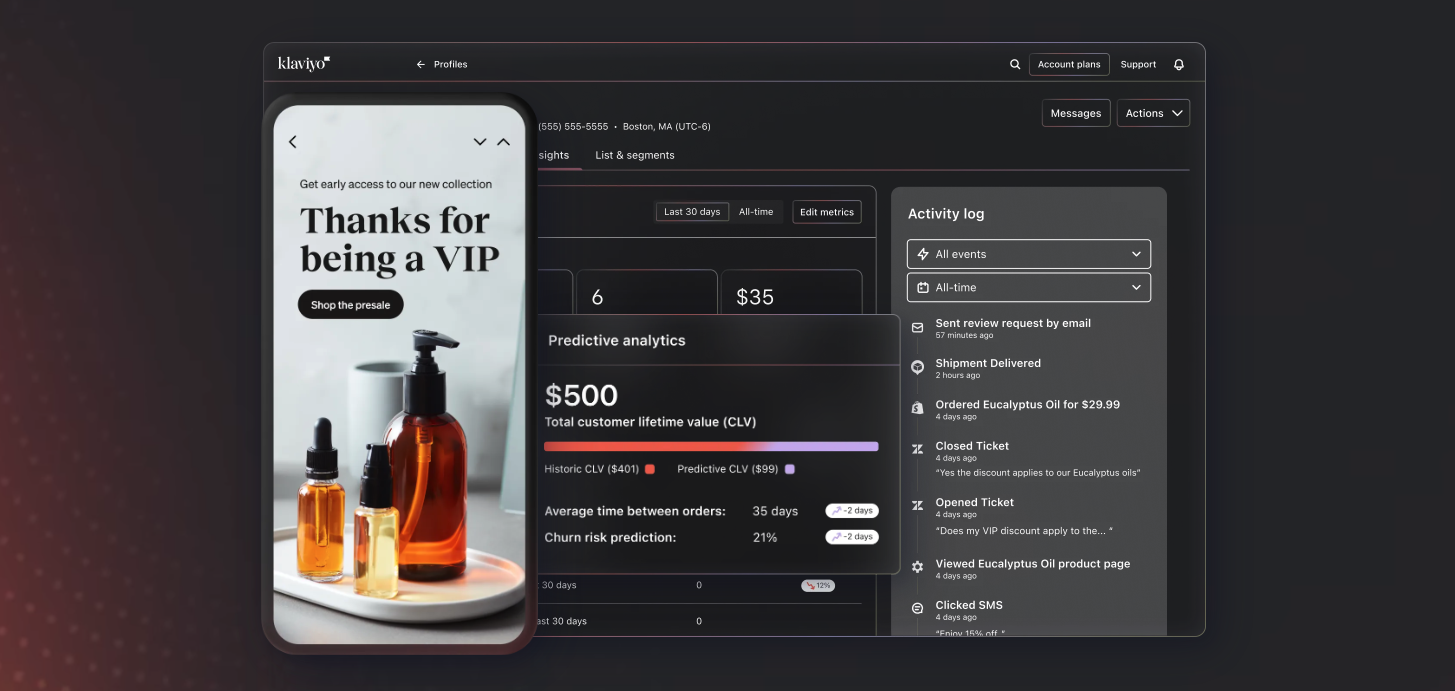
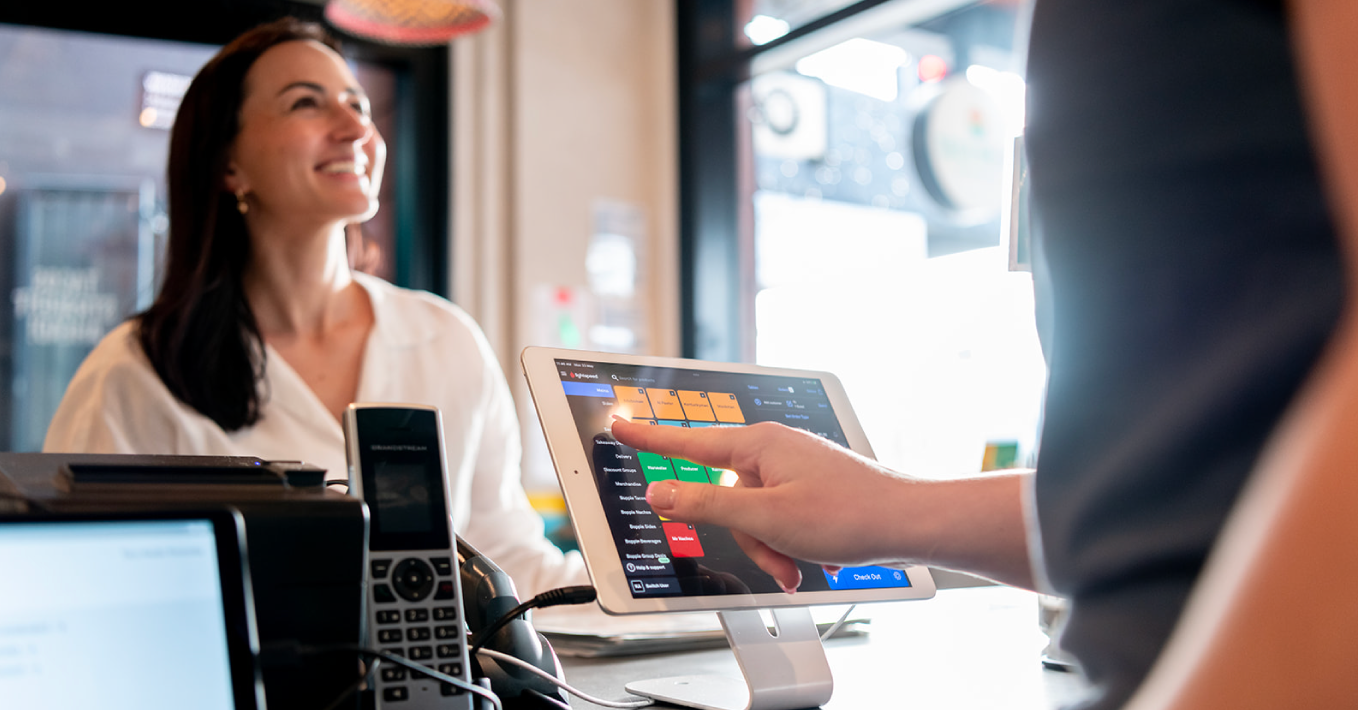

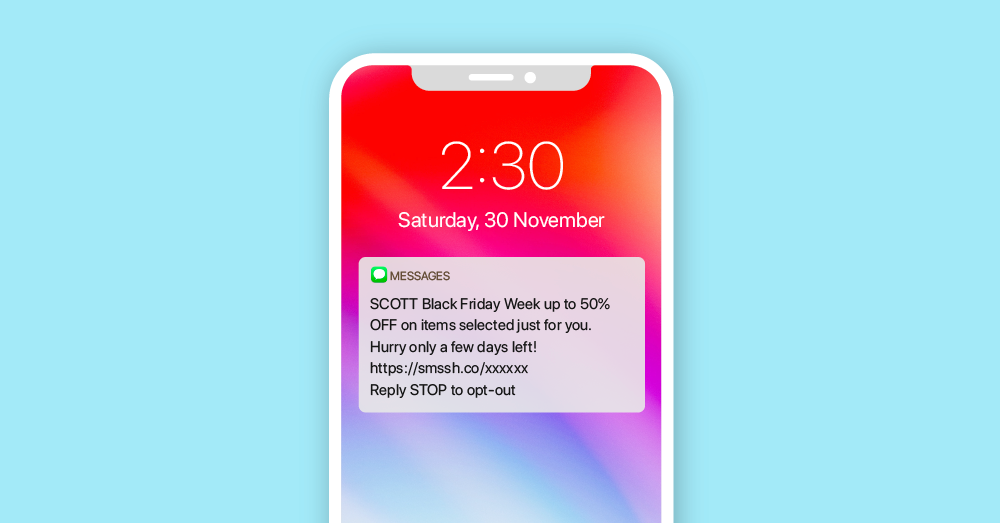
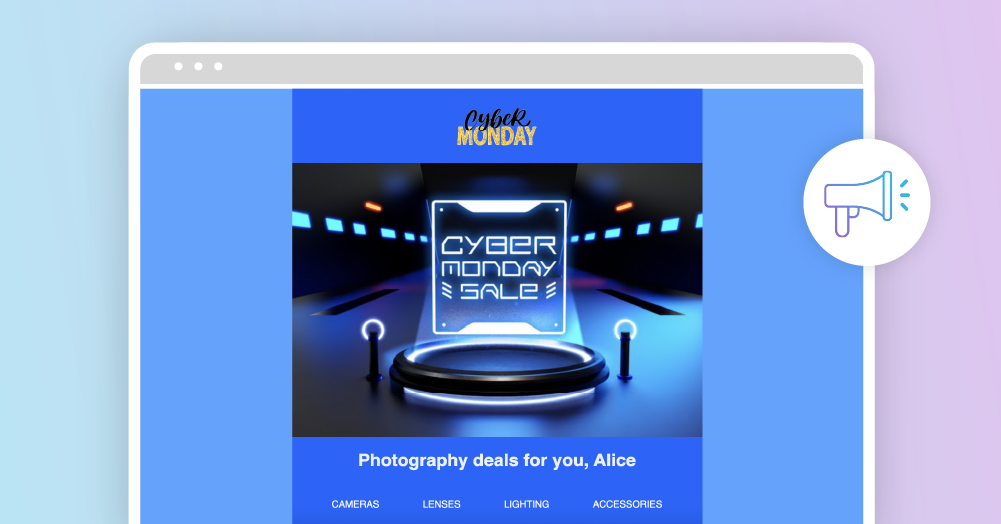
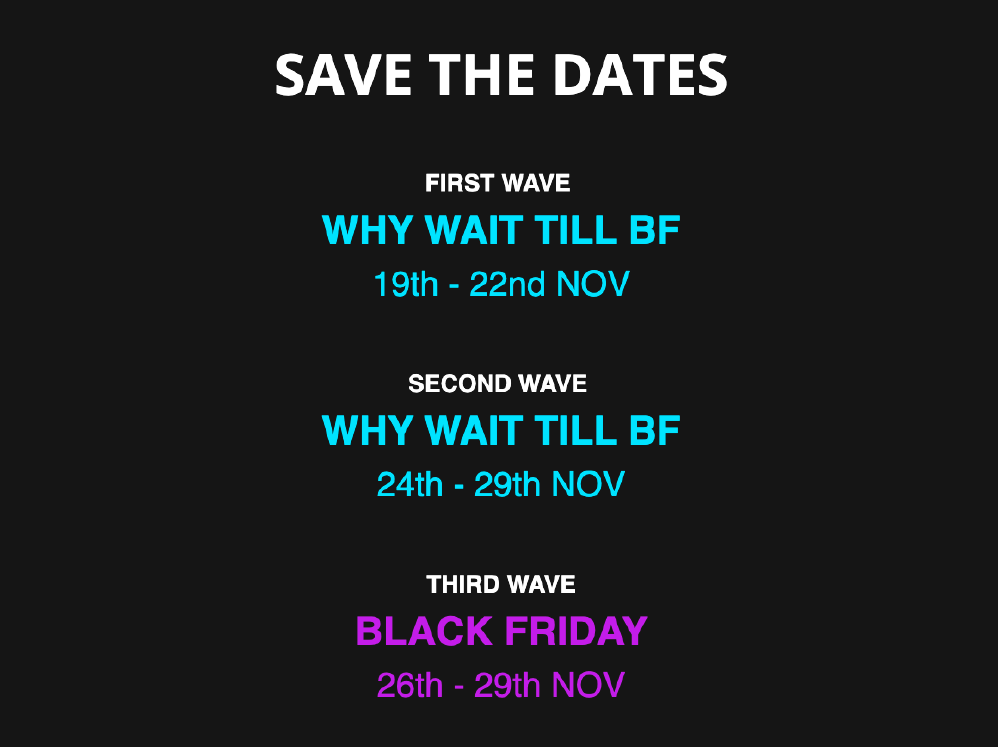
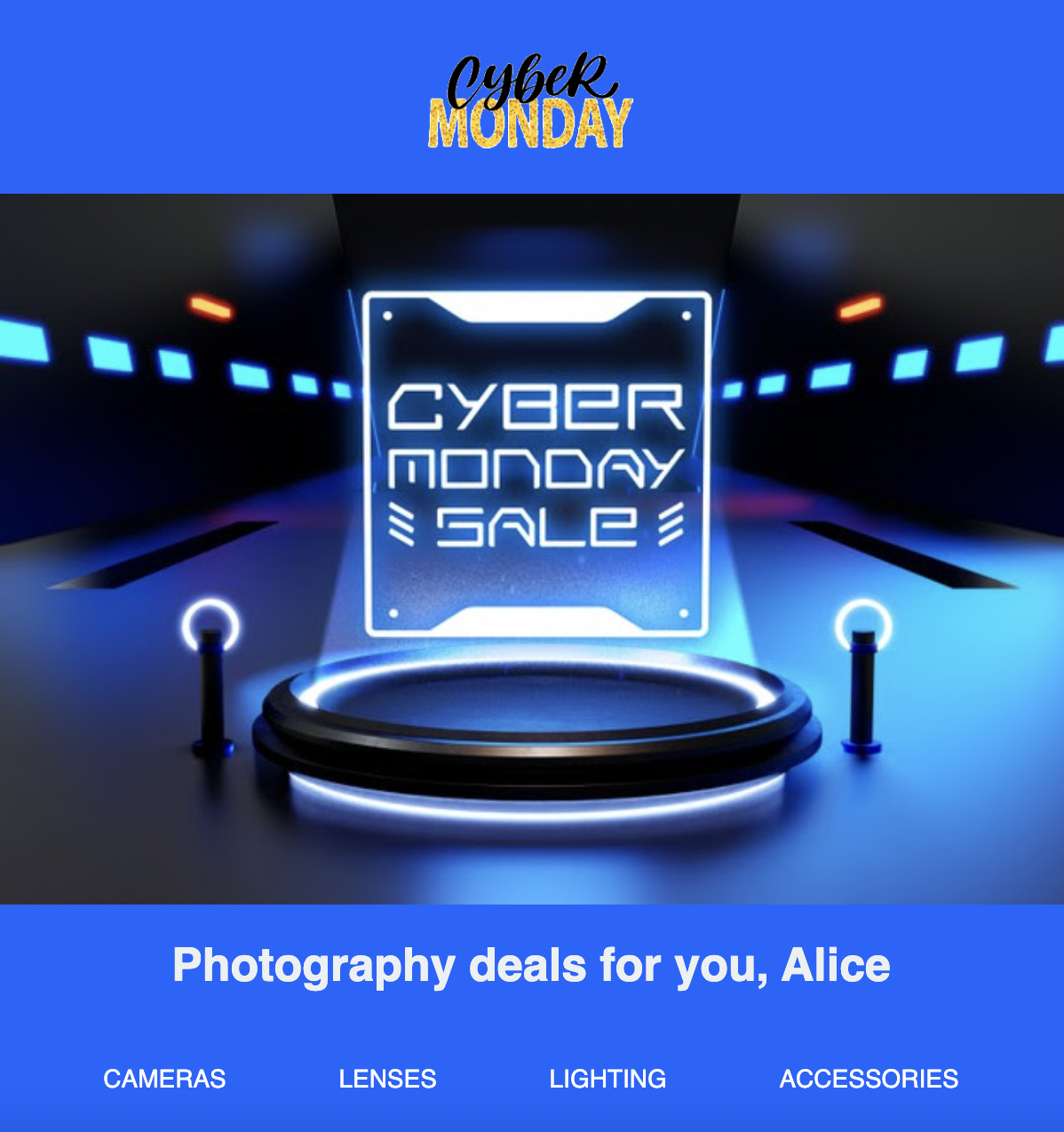
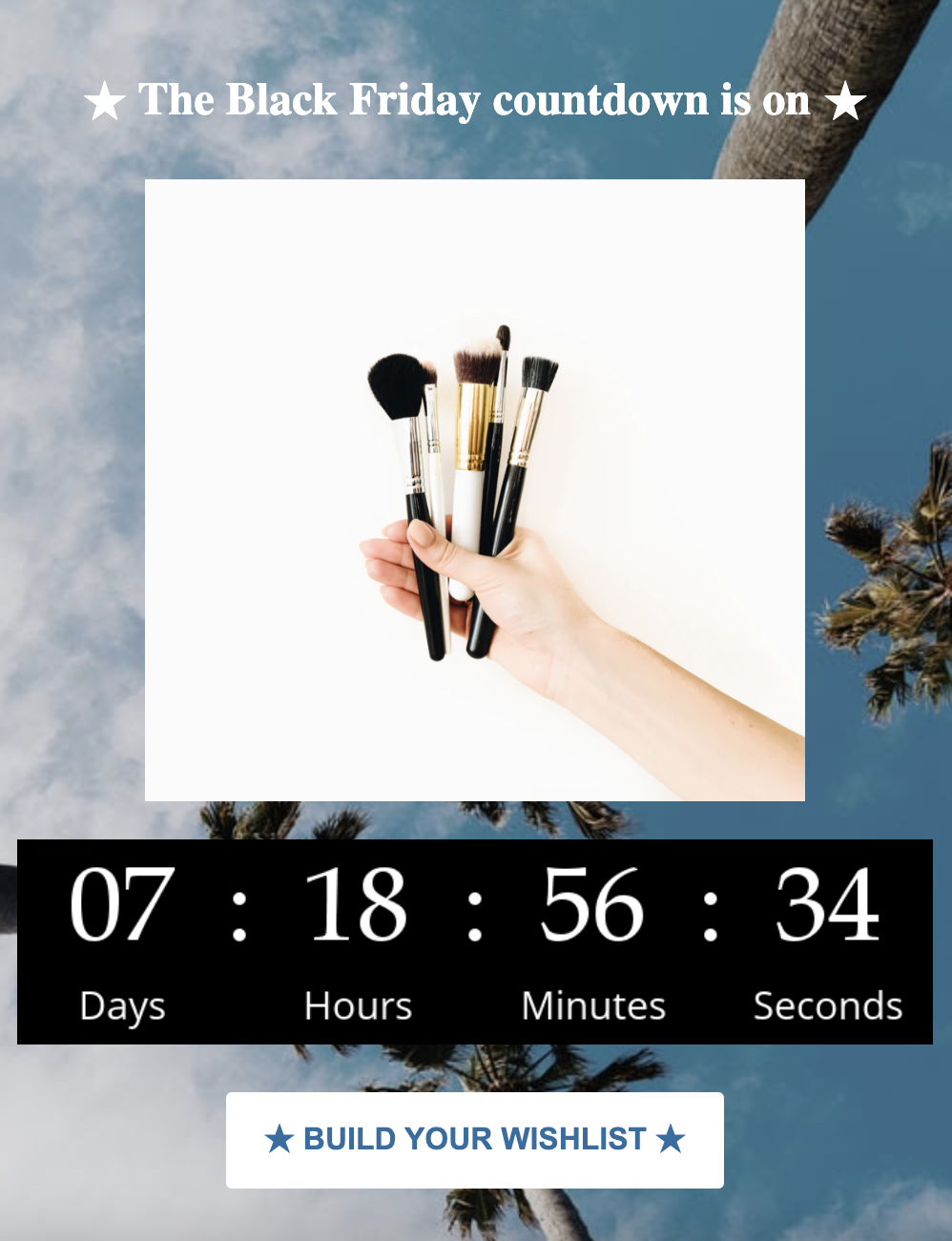
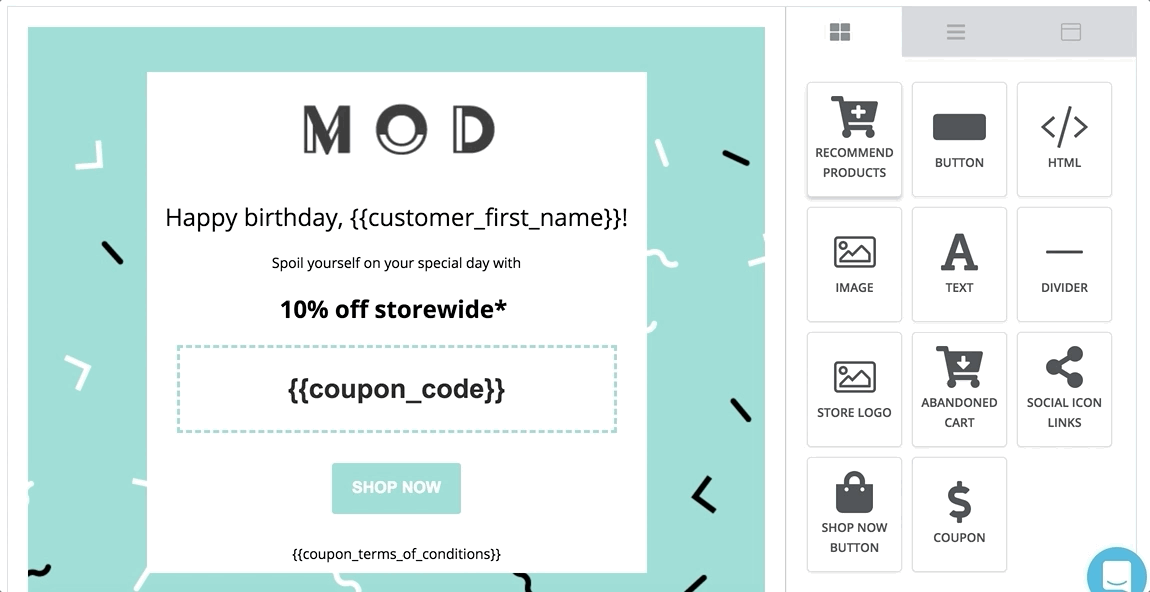
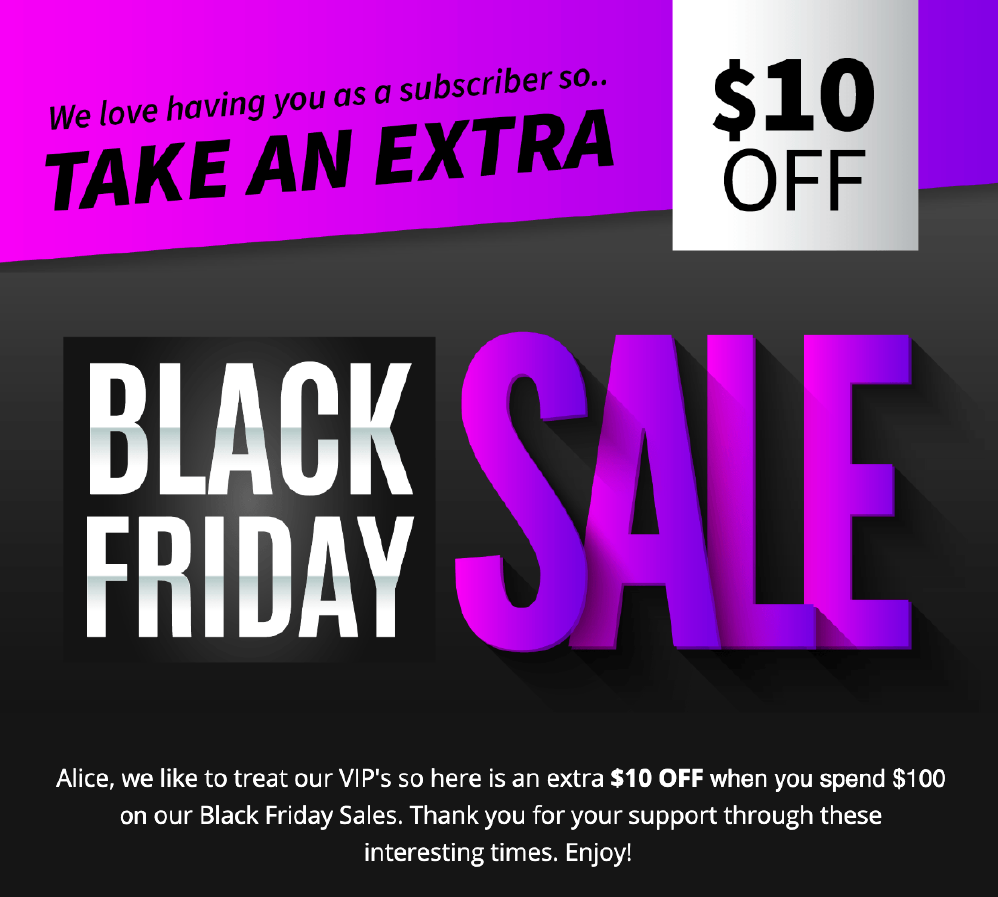
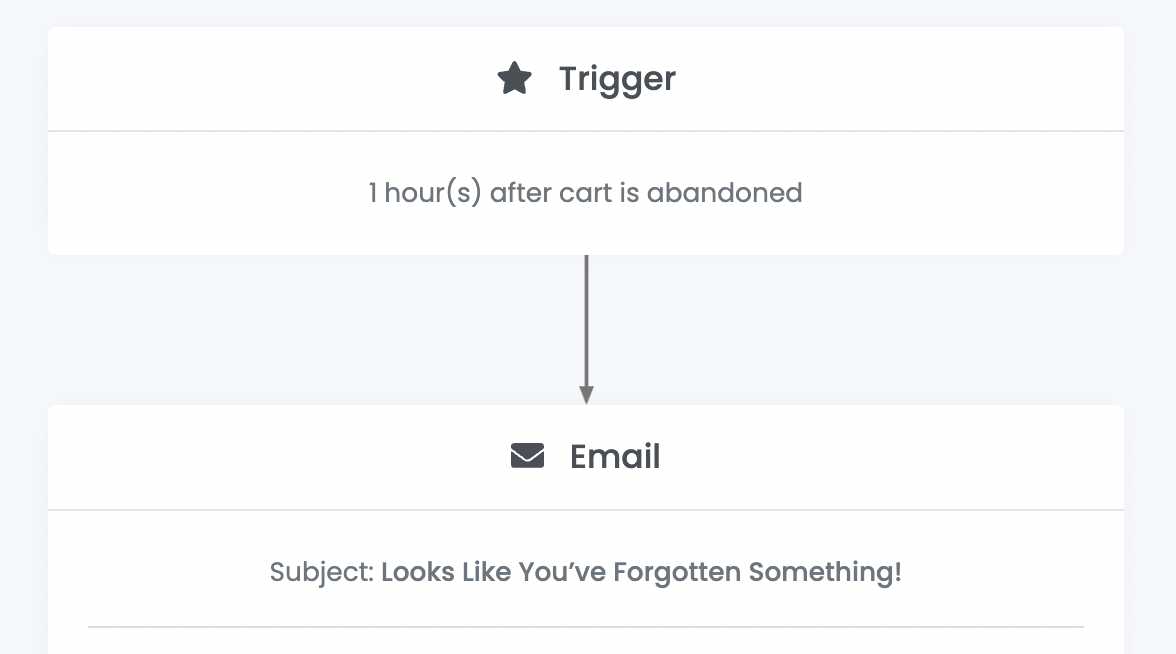
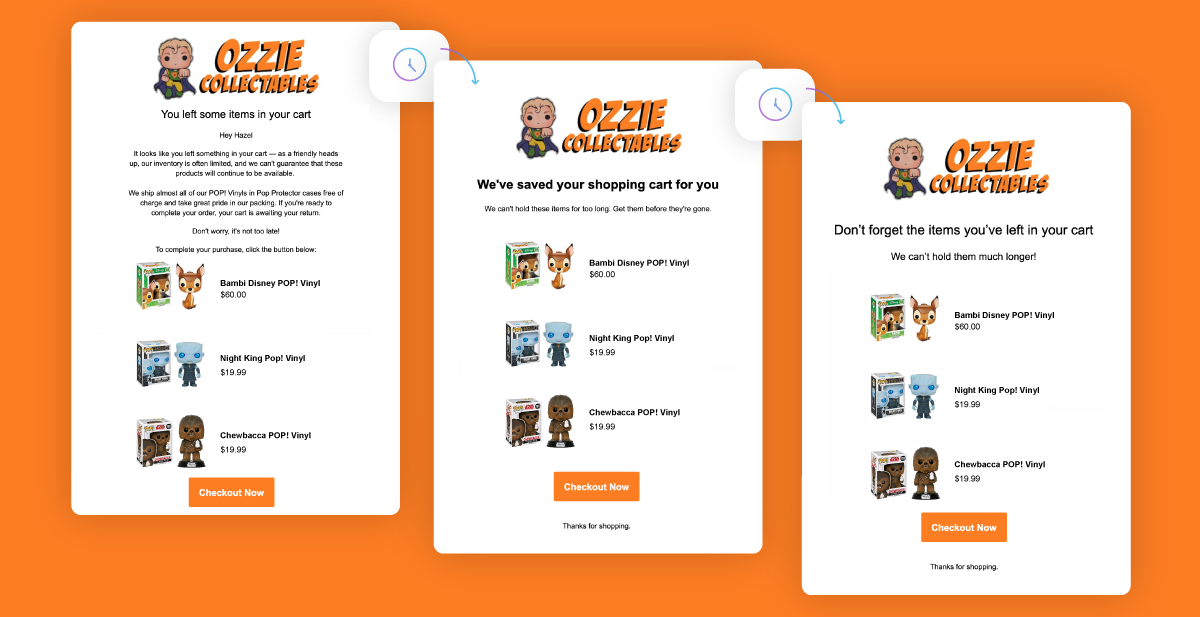
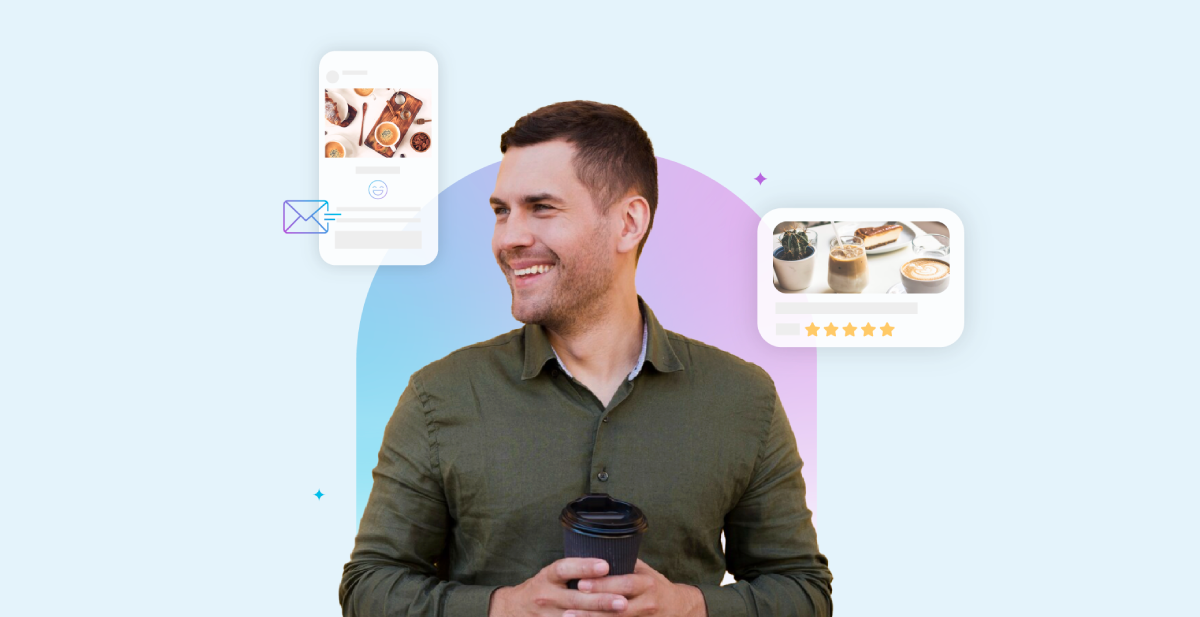
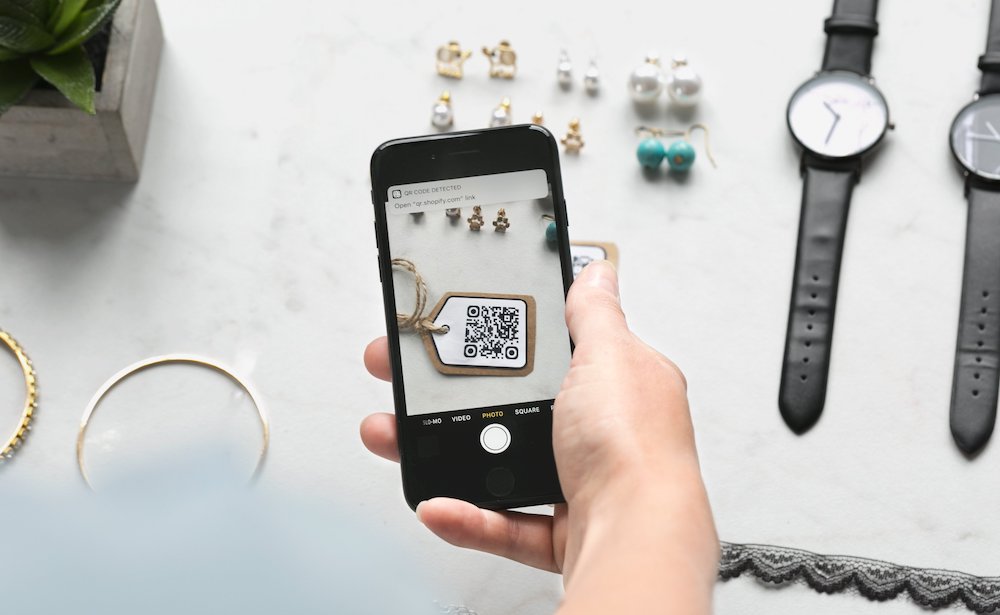

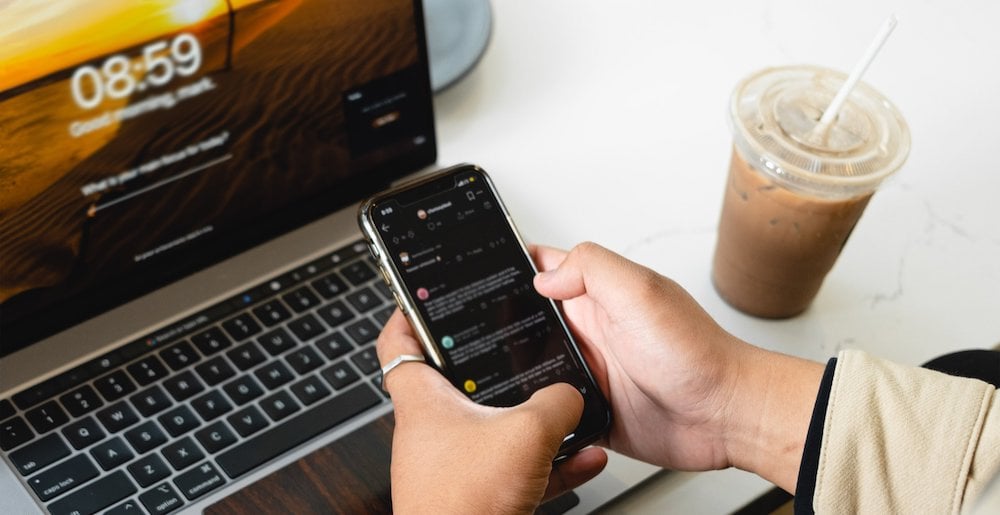

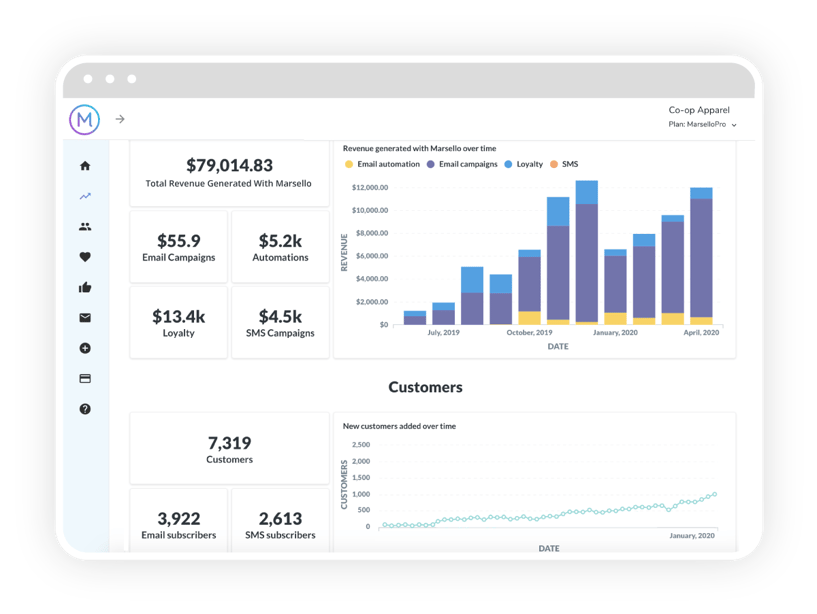
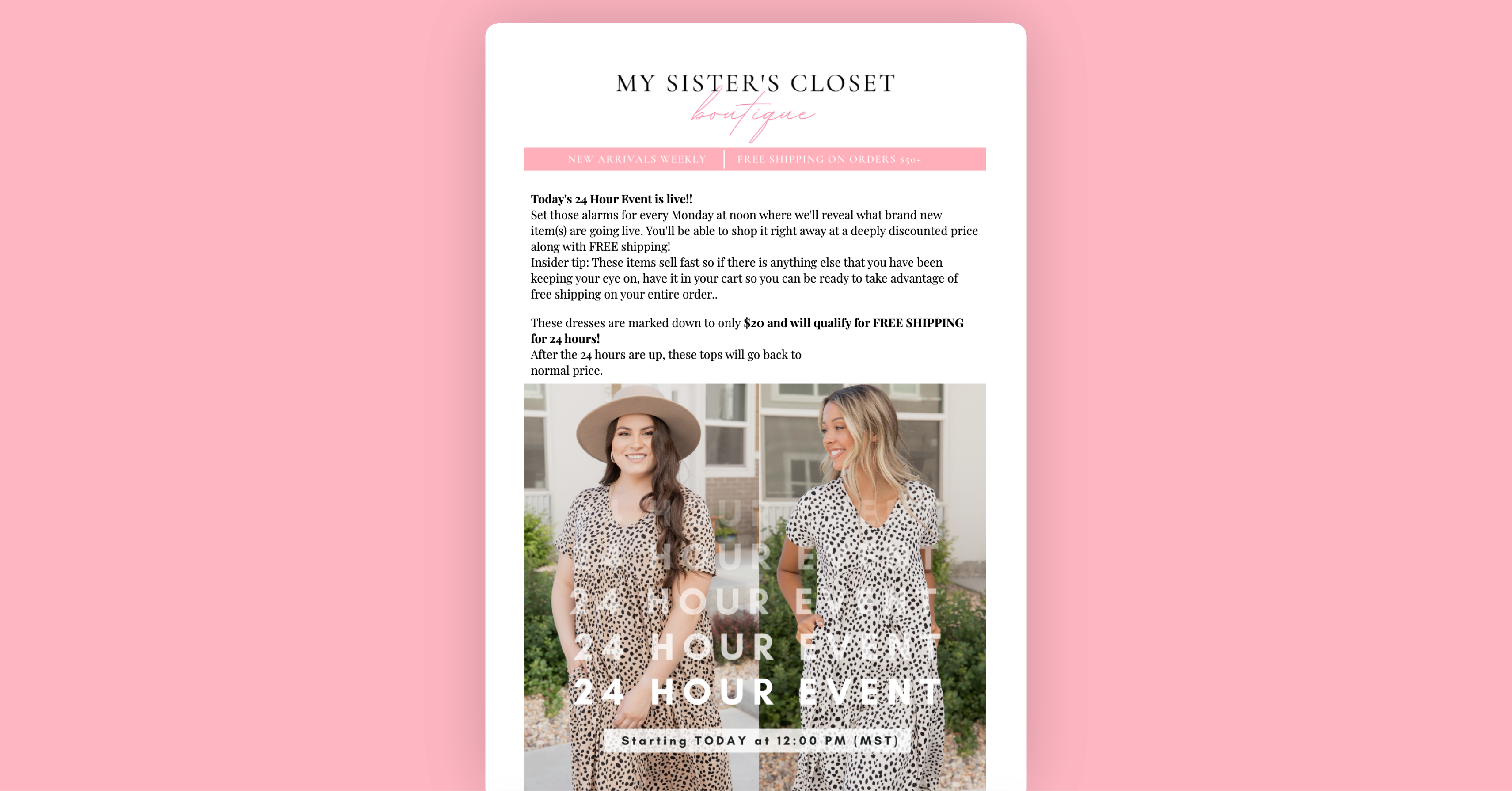

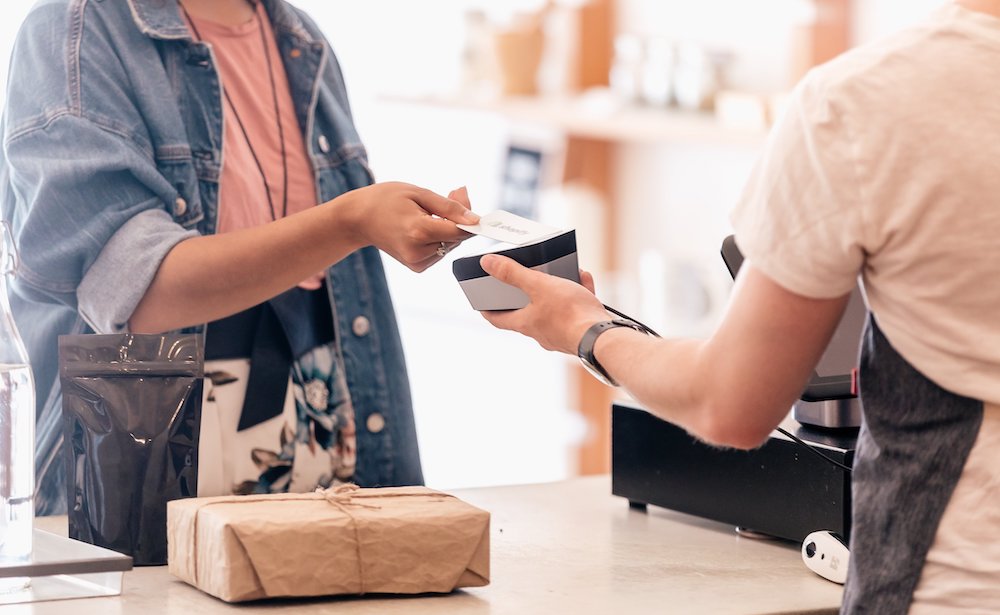
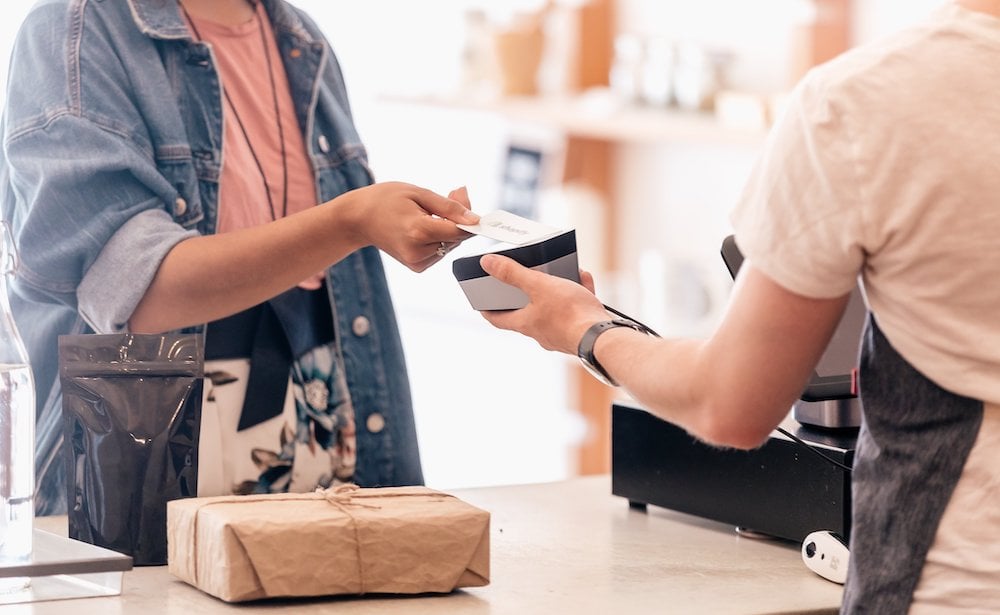

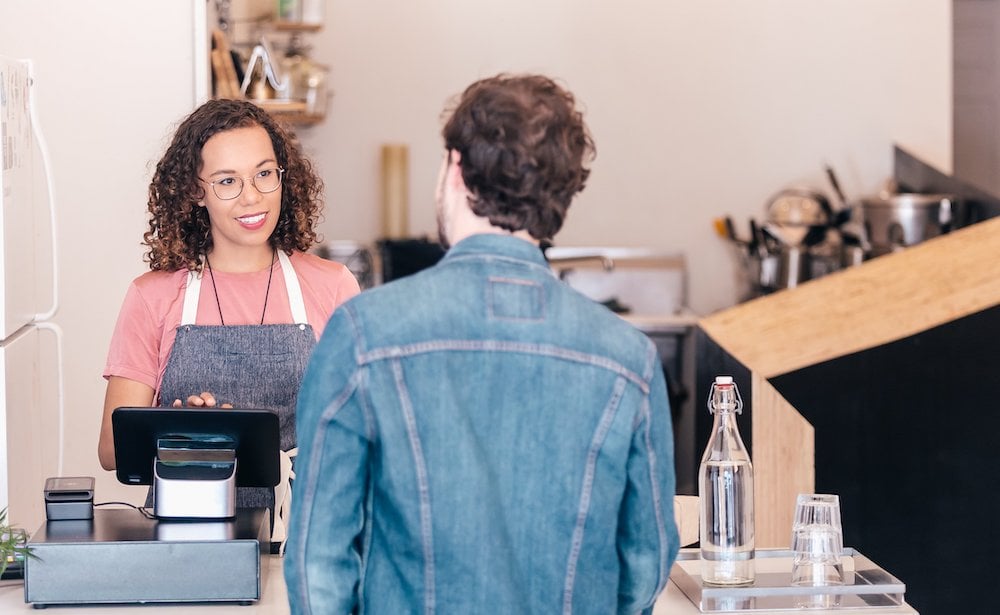
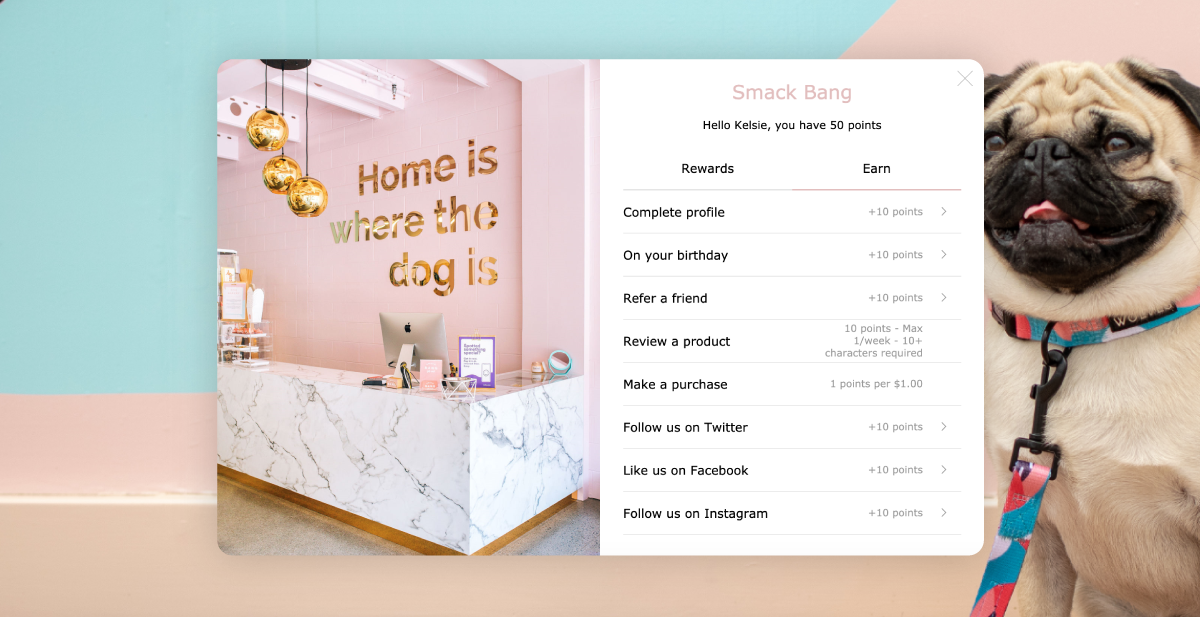
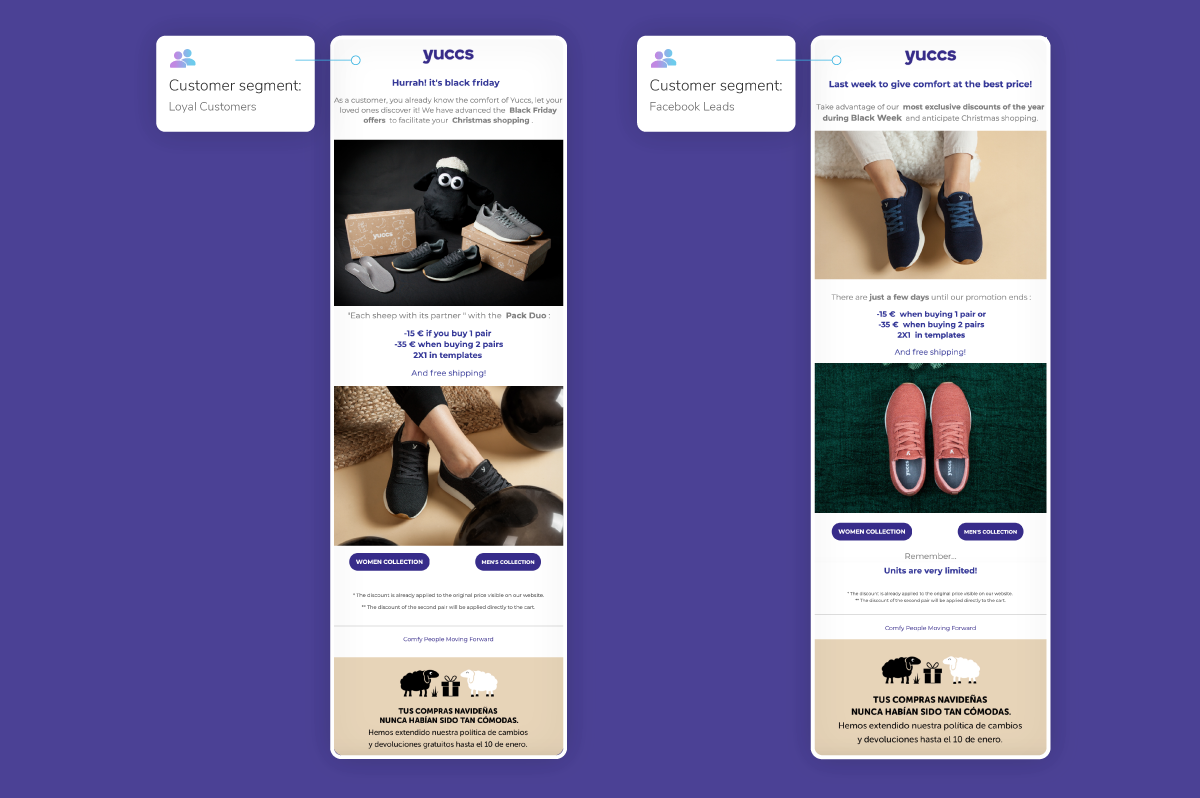
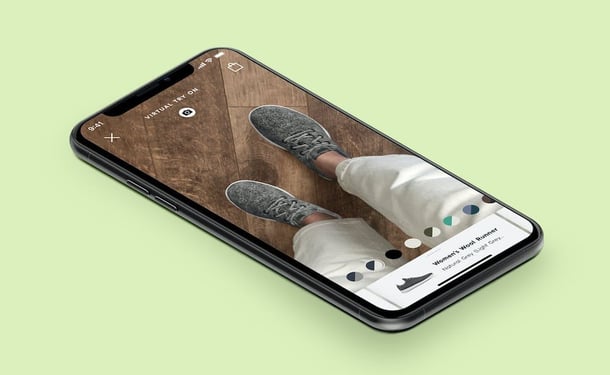
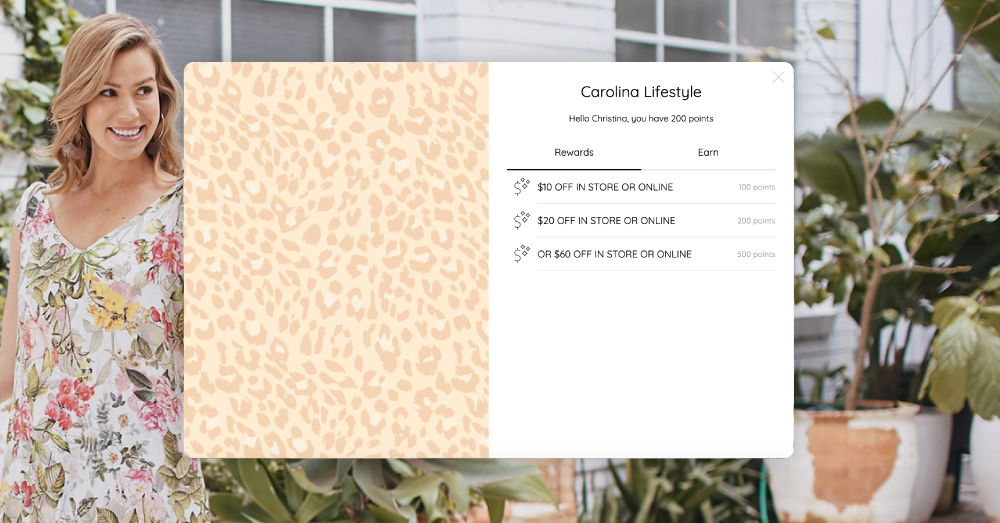
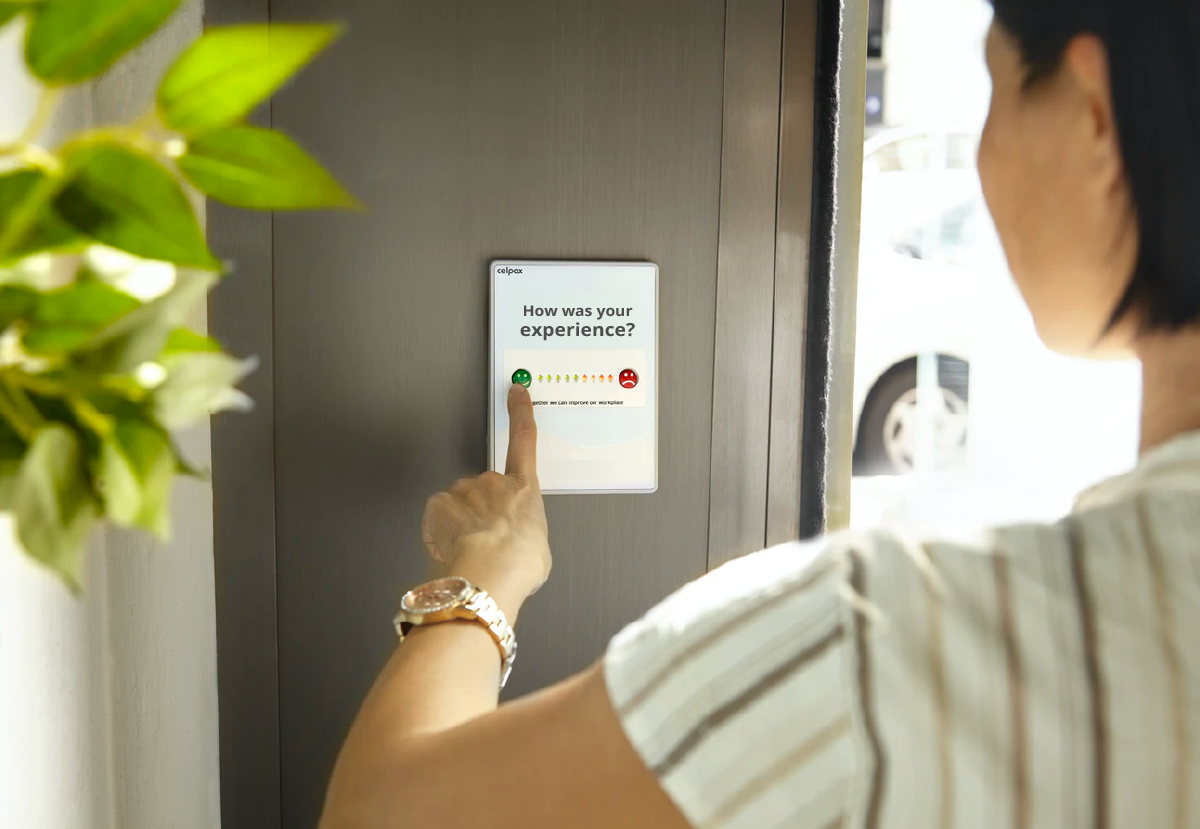
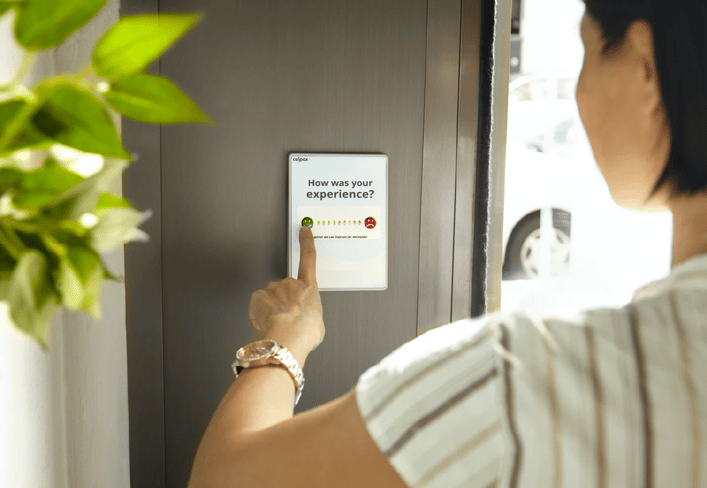
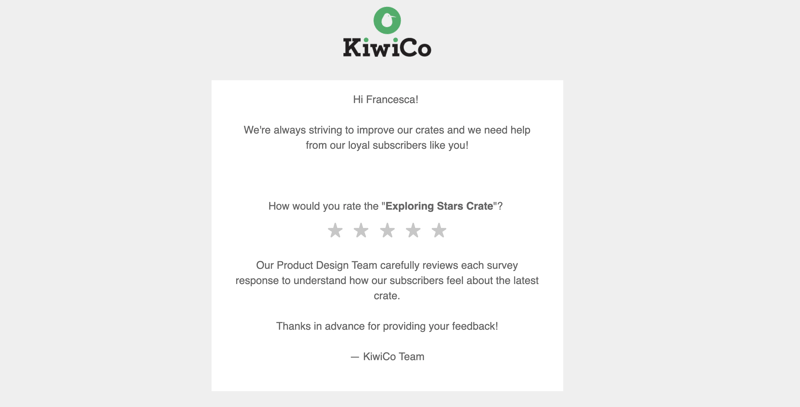
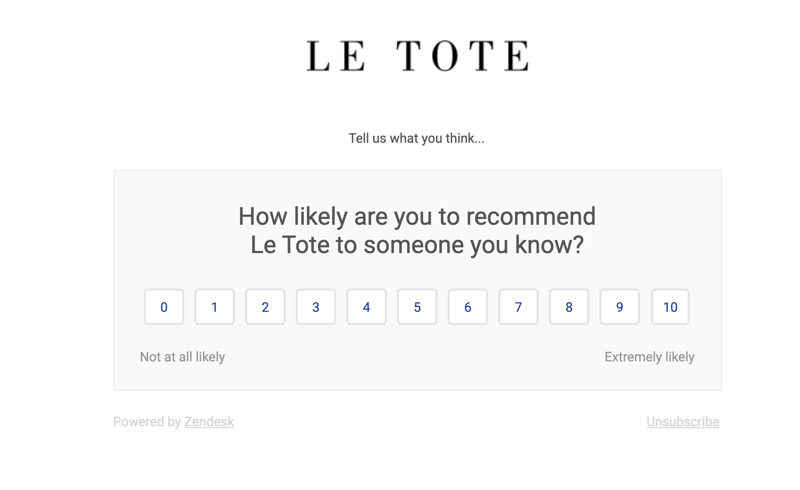
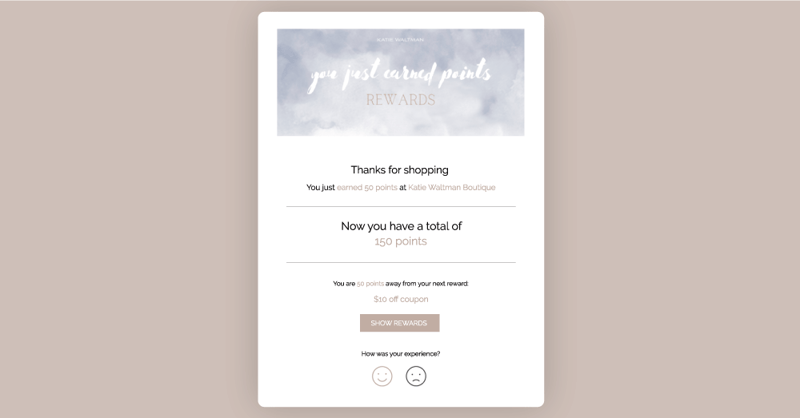
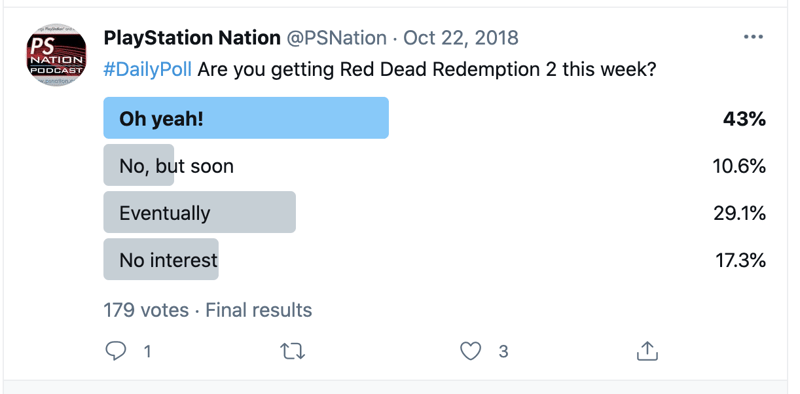
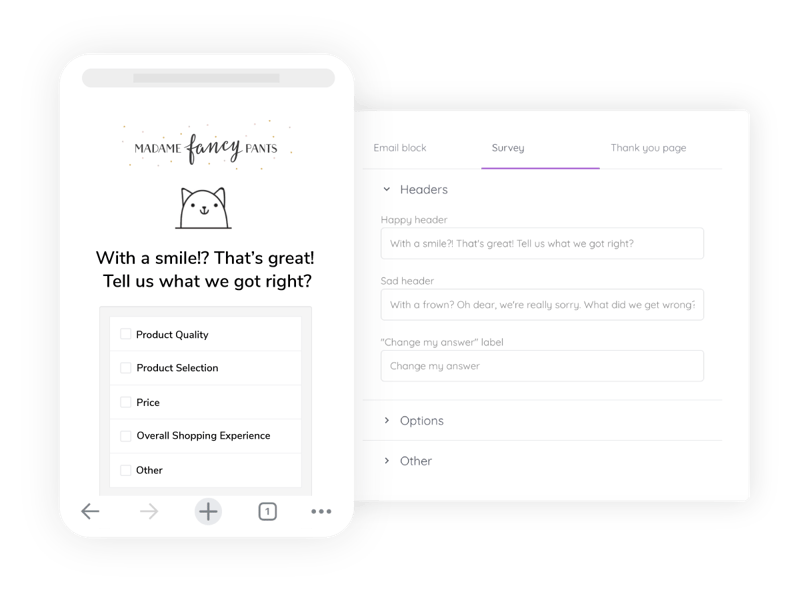


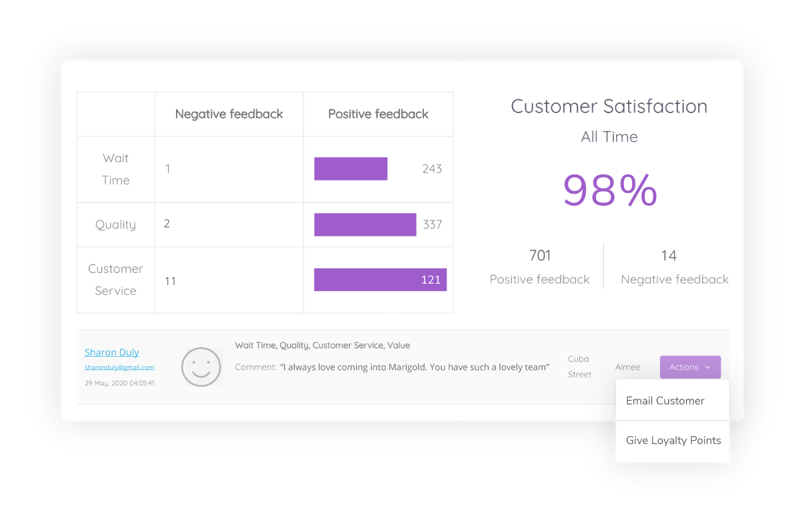 As patterns start emerging, it's important to ask yourself some key questions:
As patterns start emerging, it's important to ask yourself some key questions: